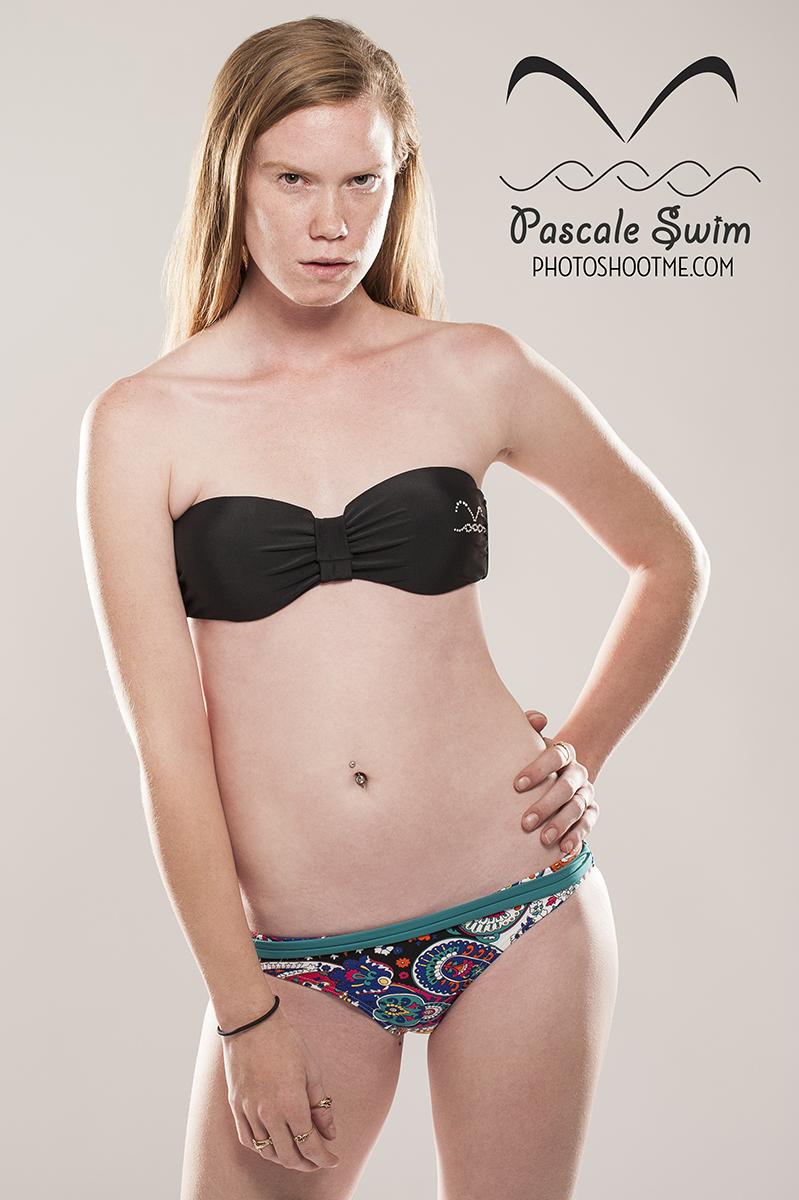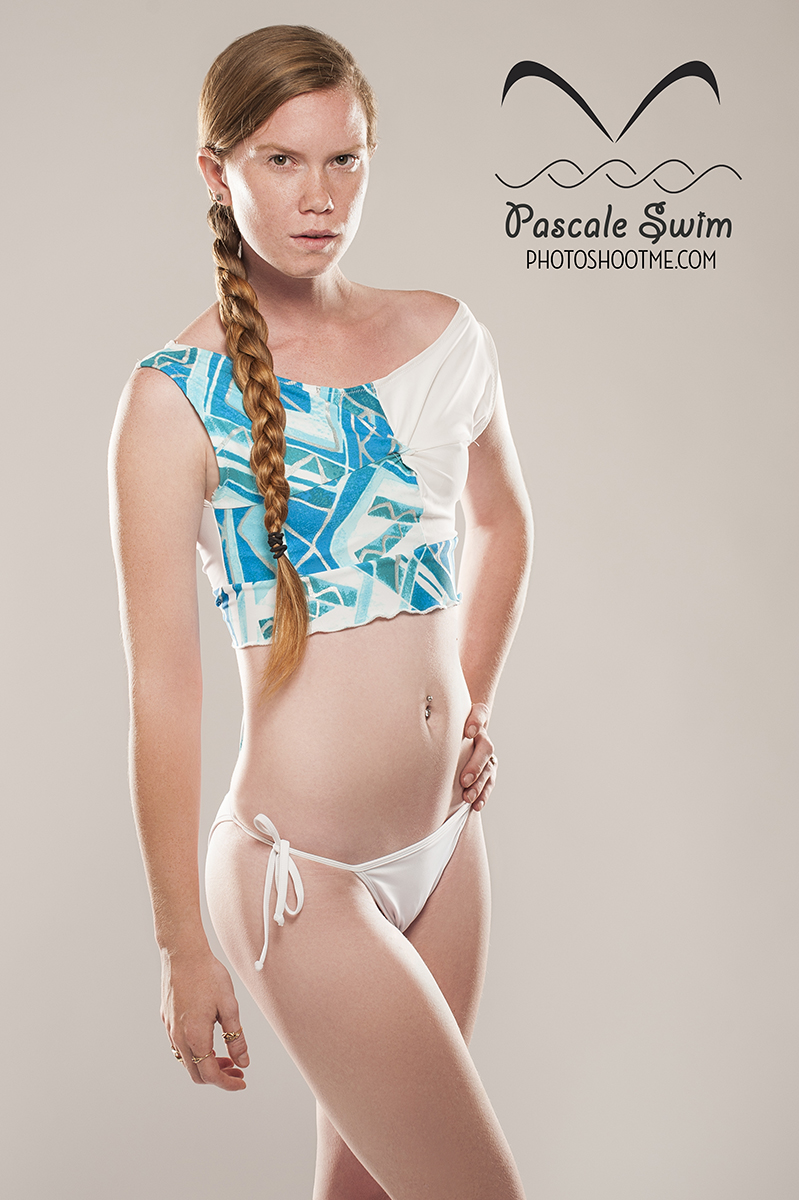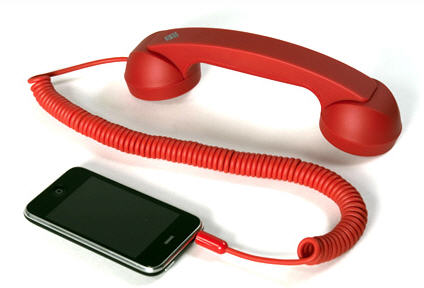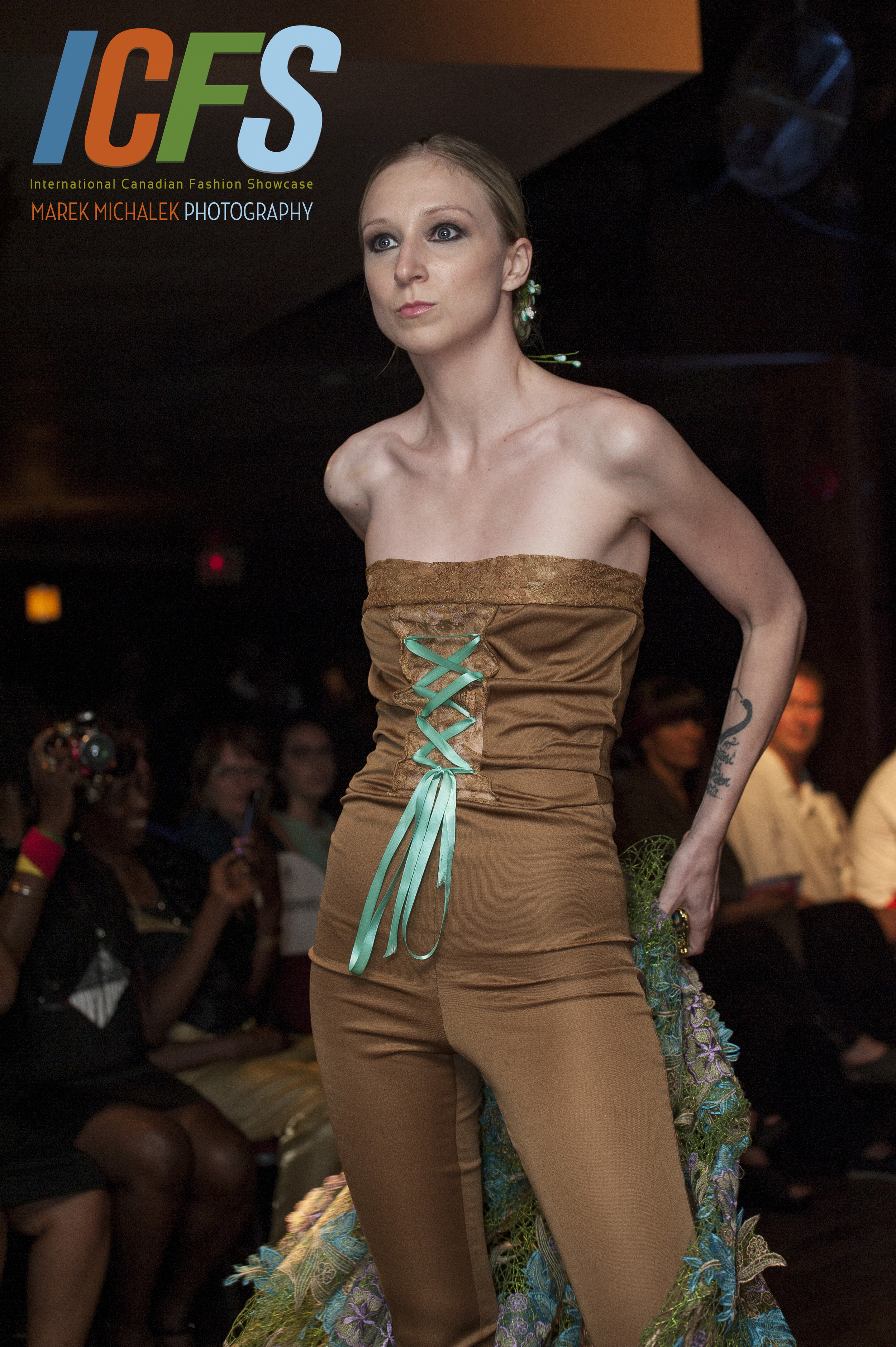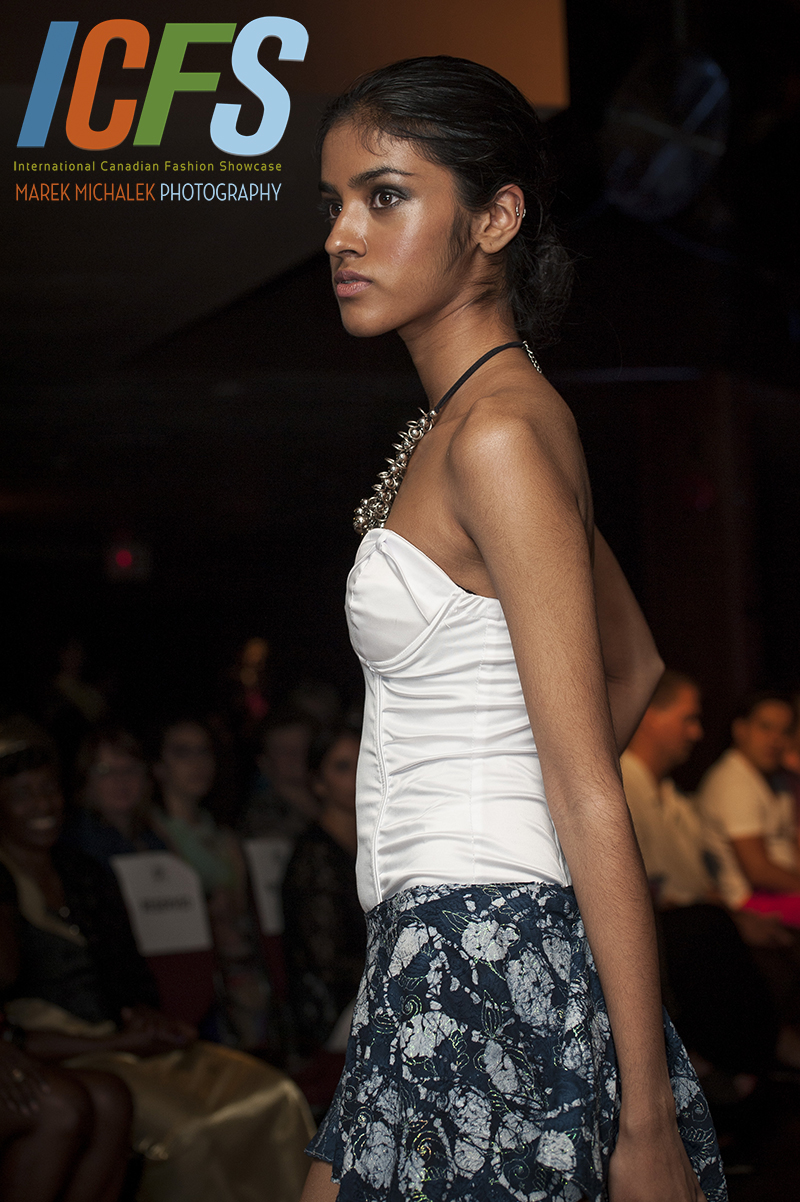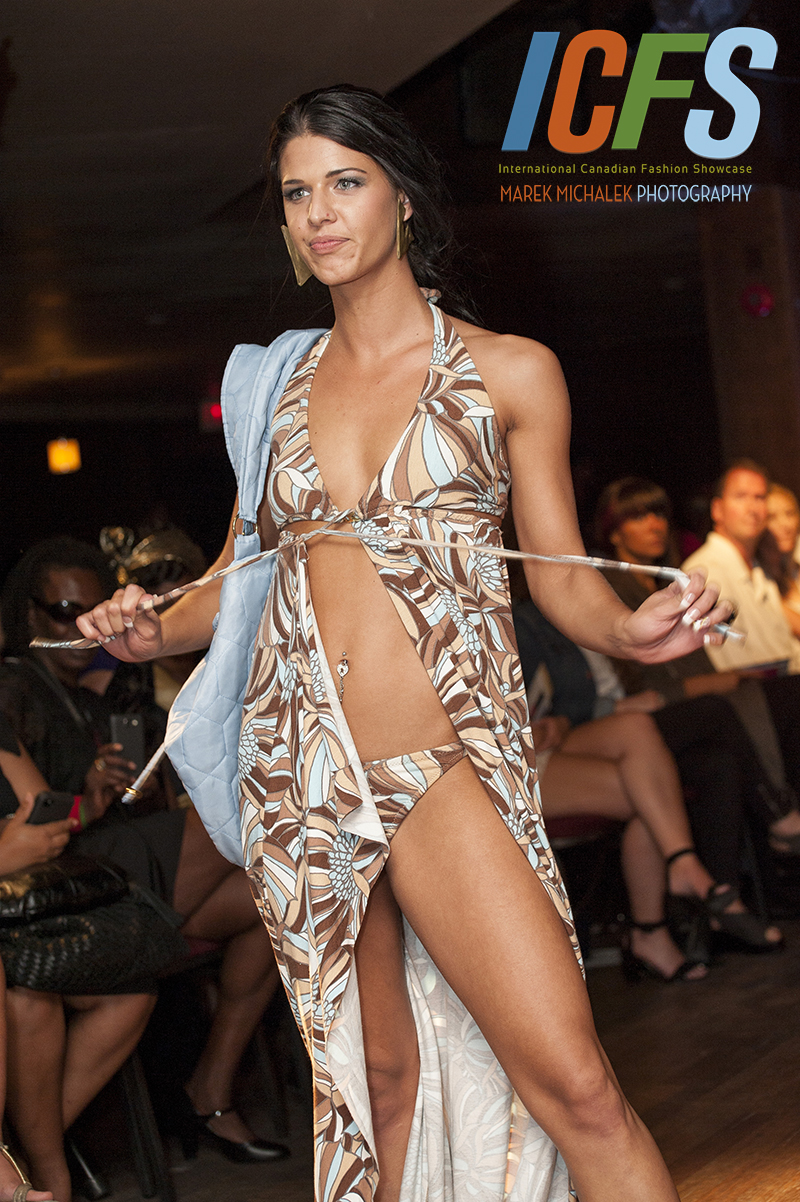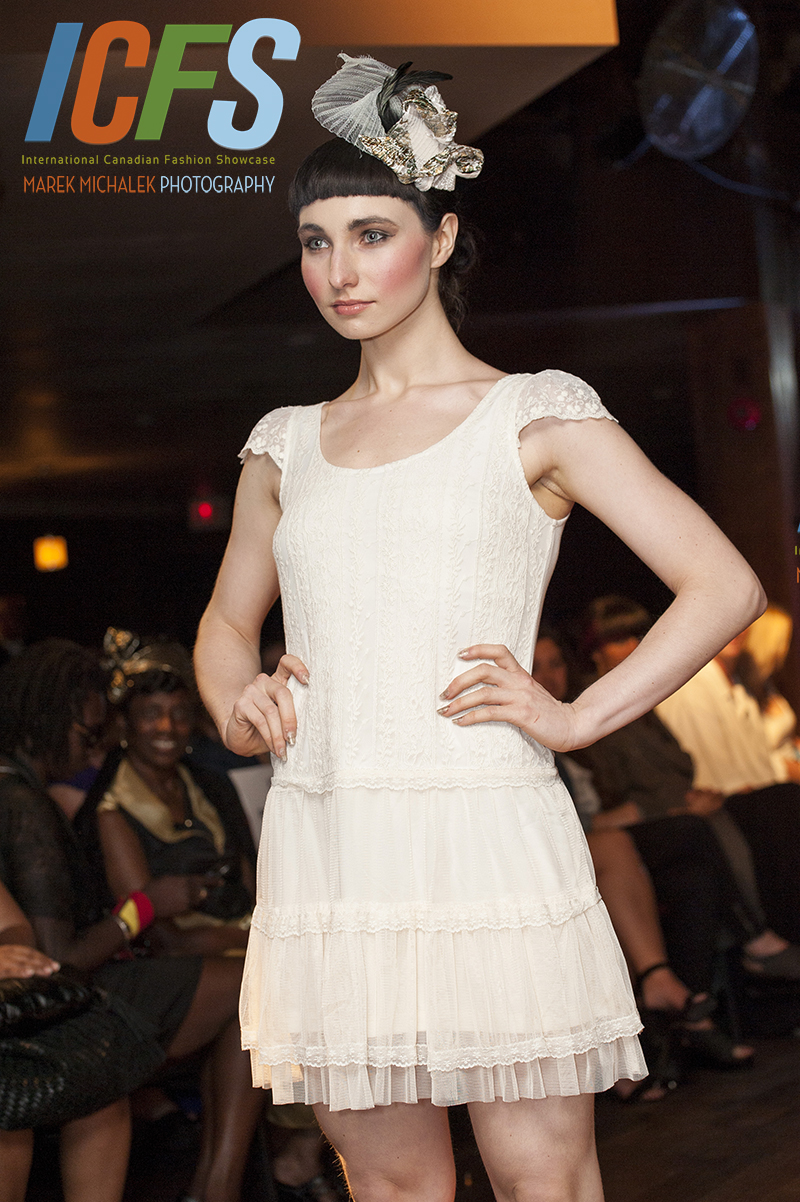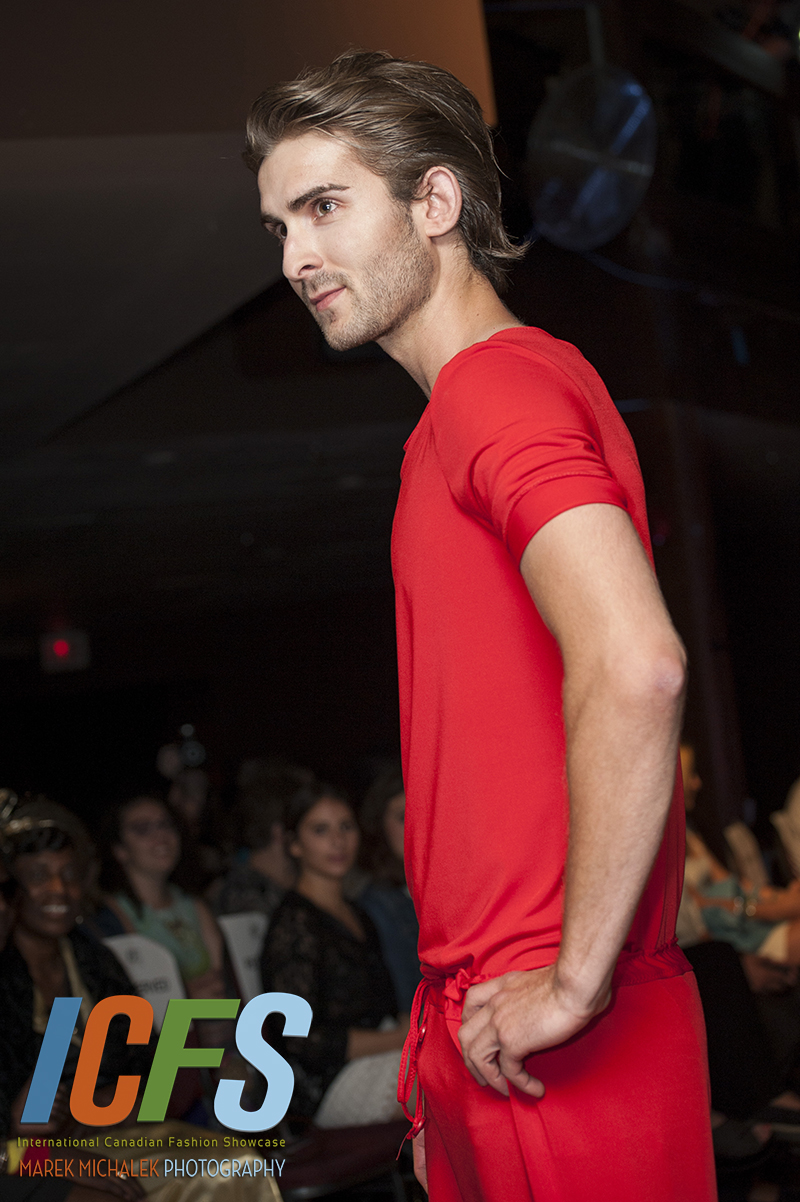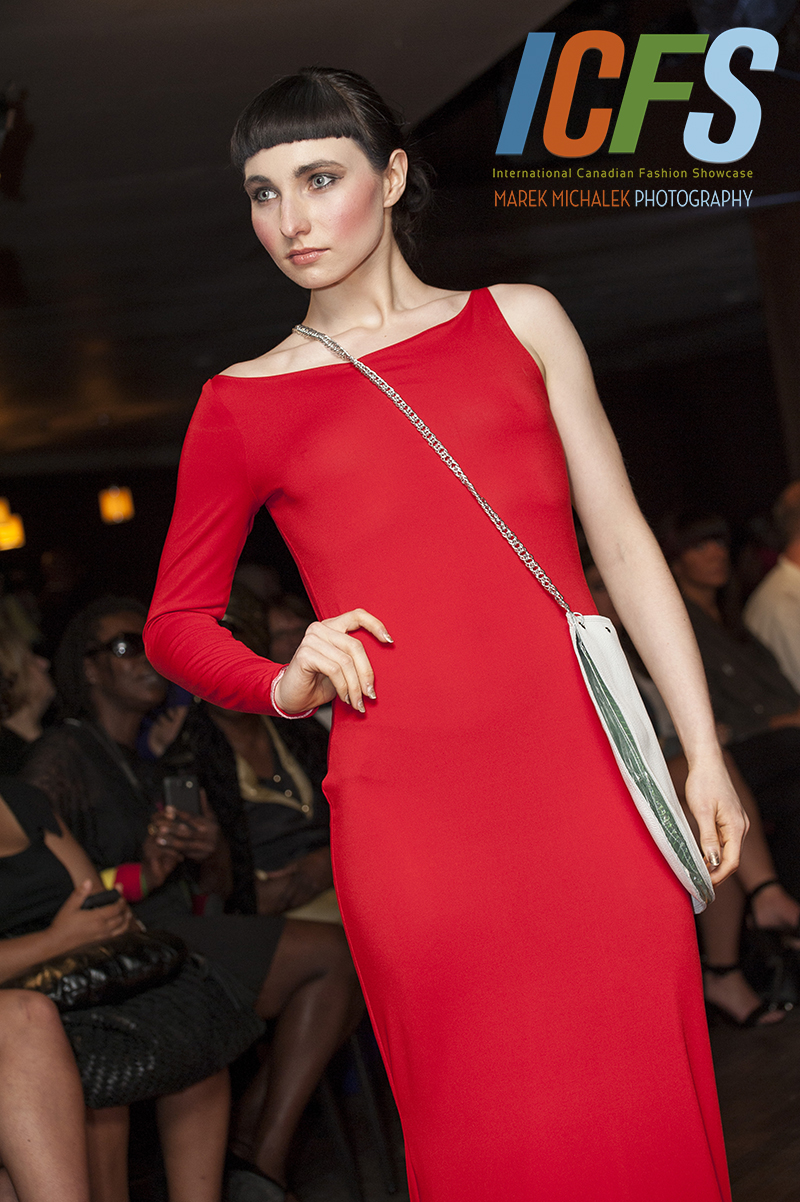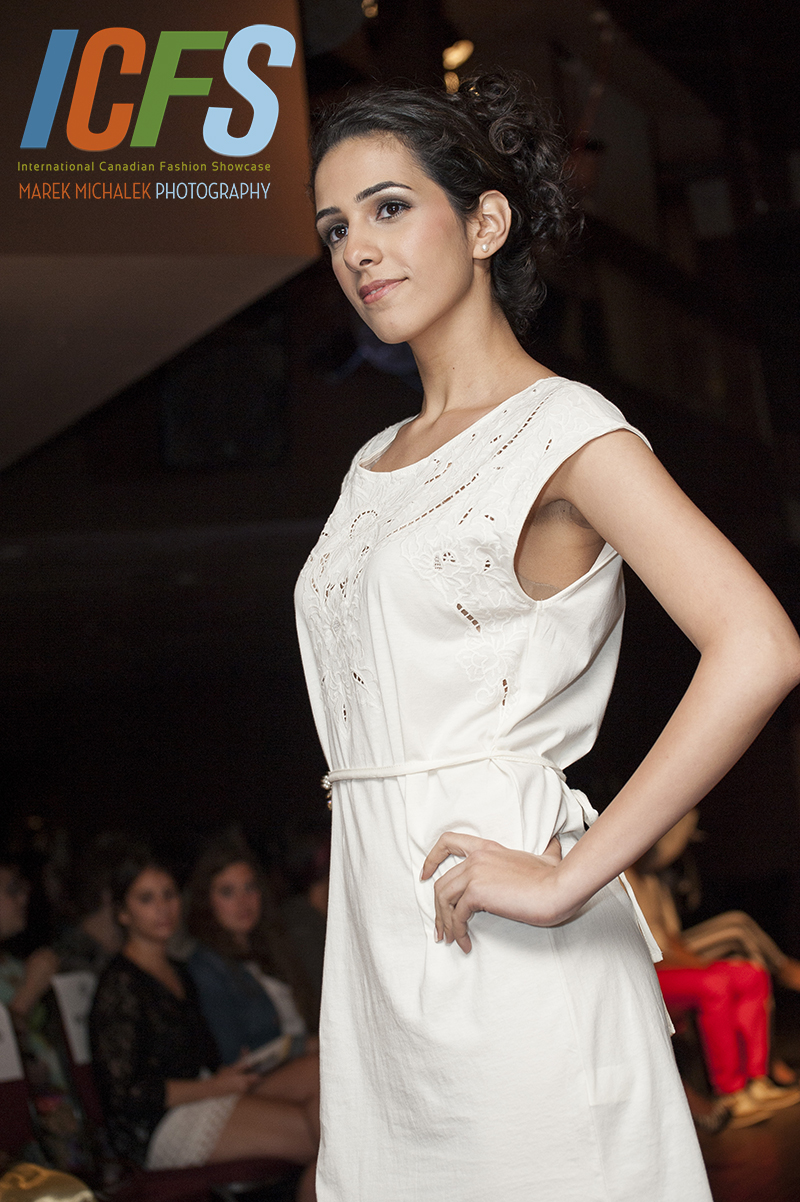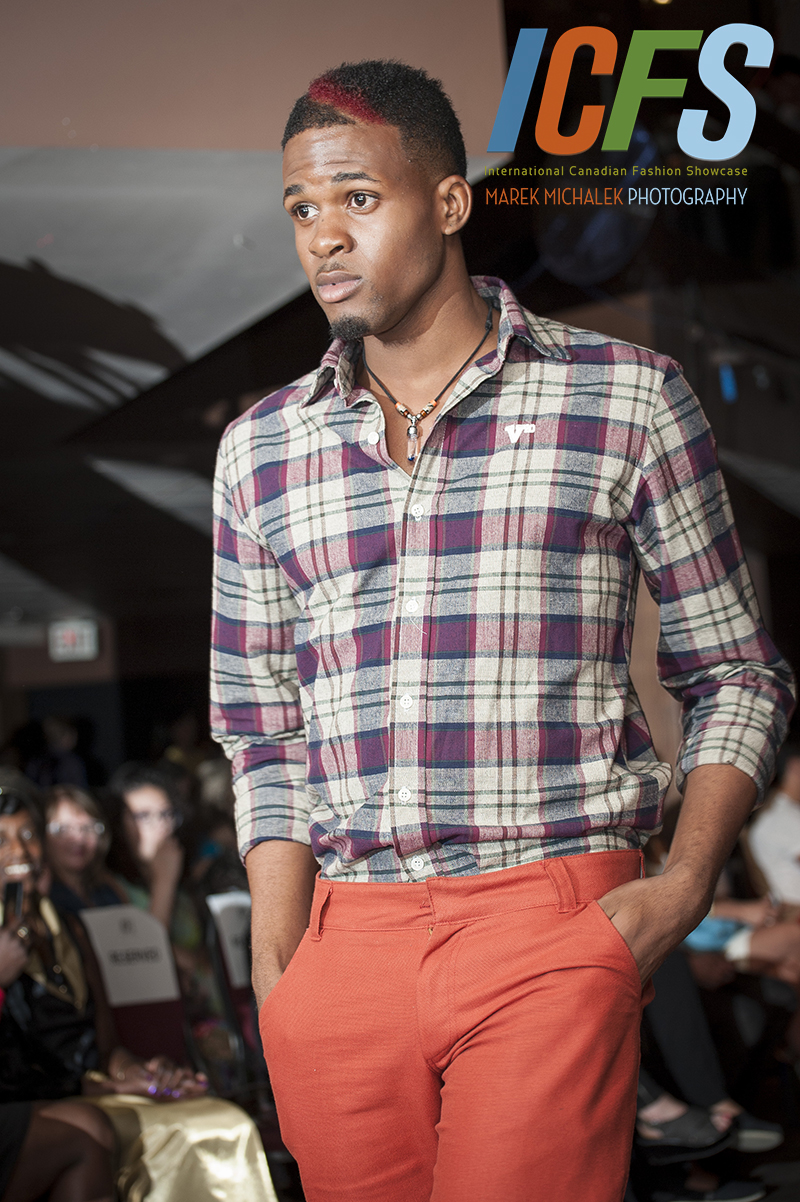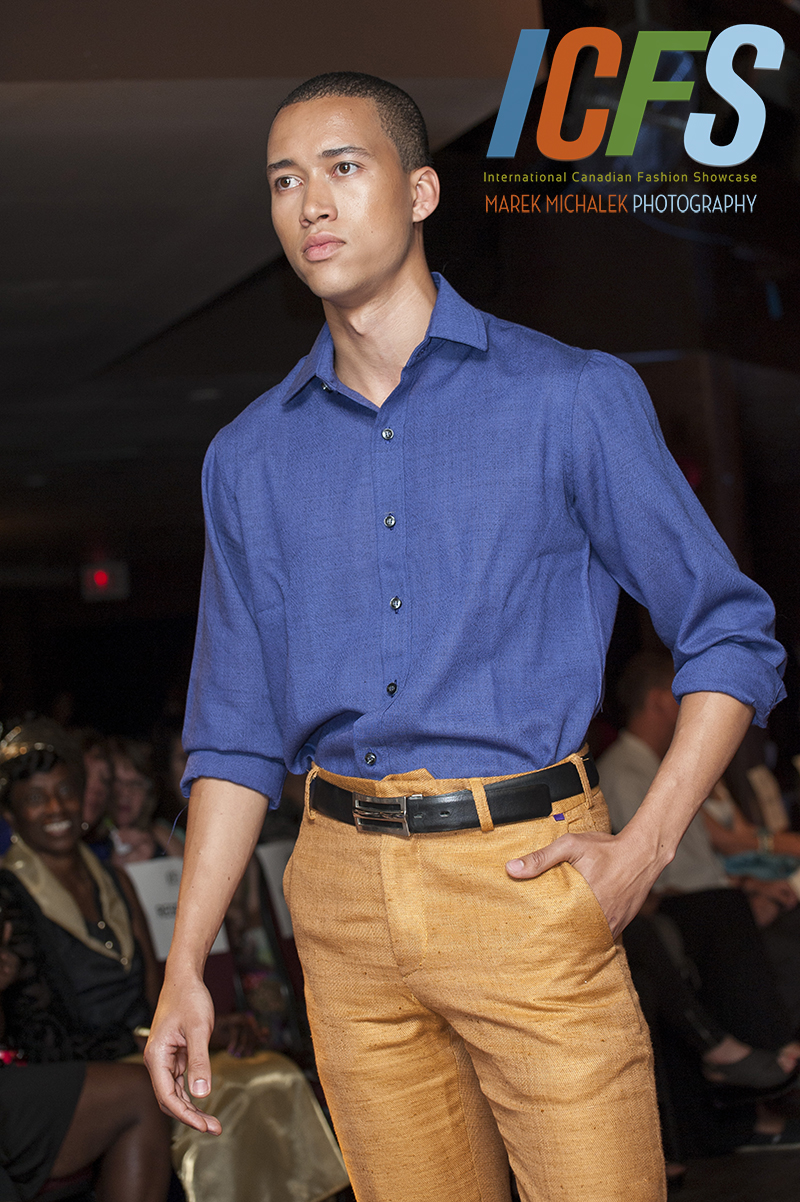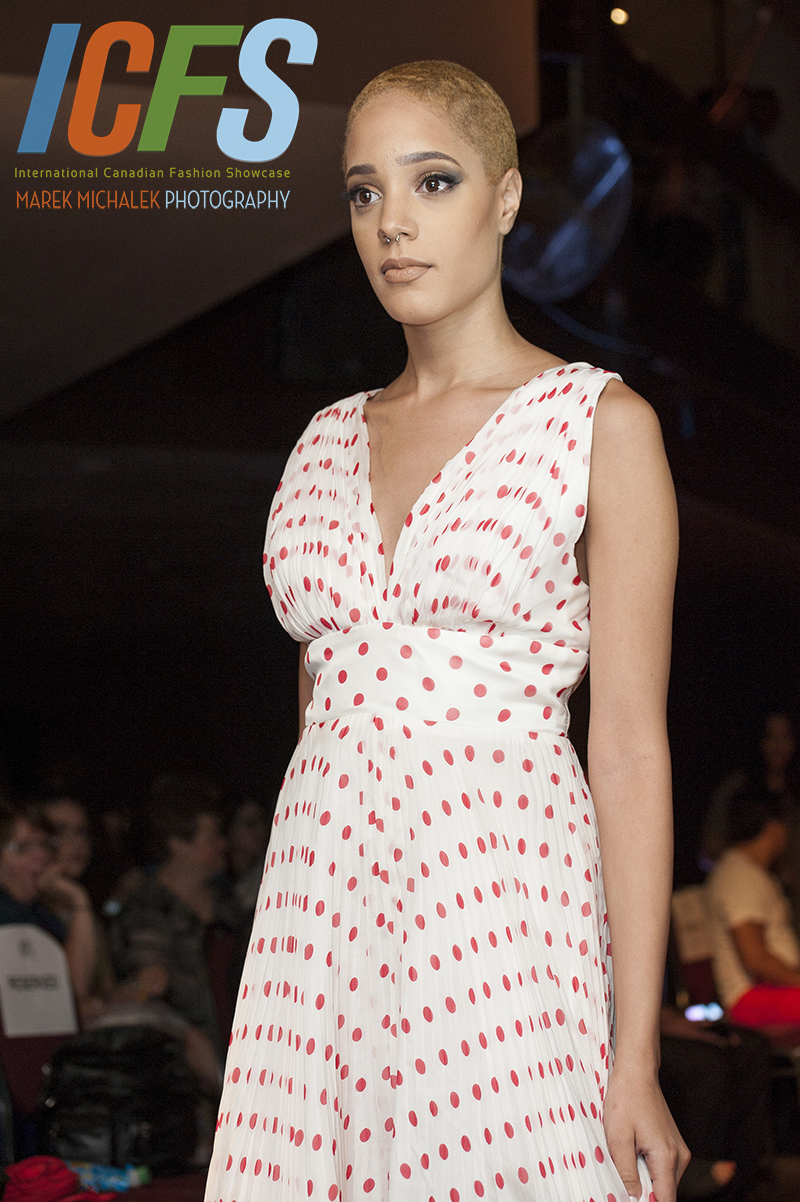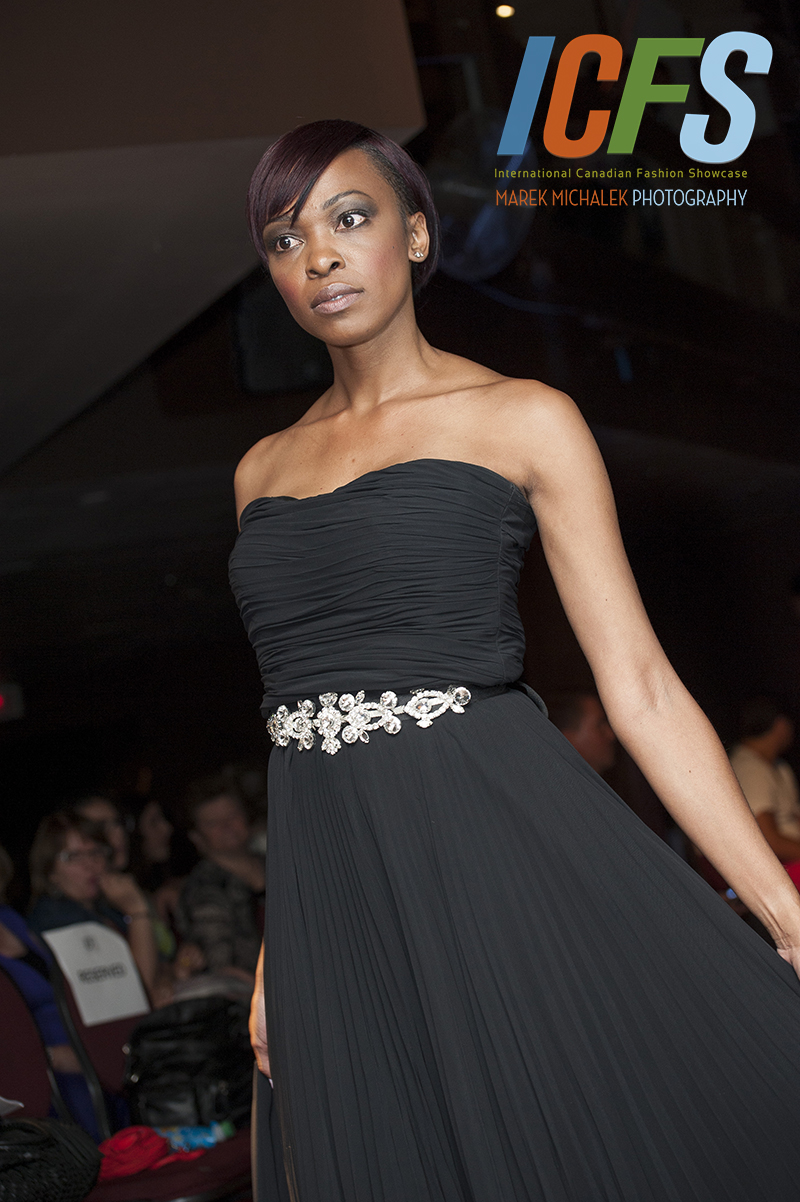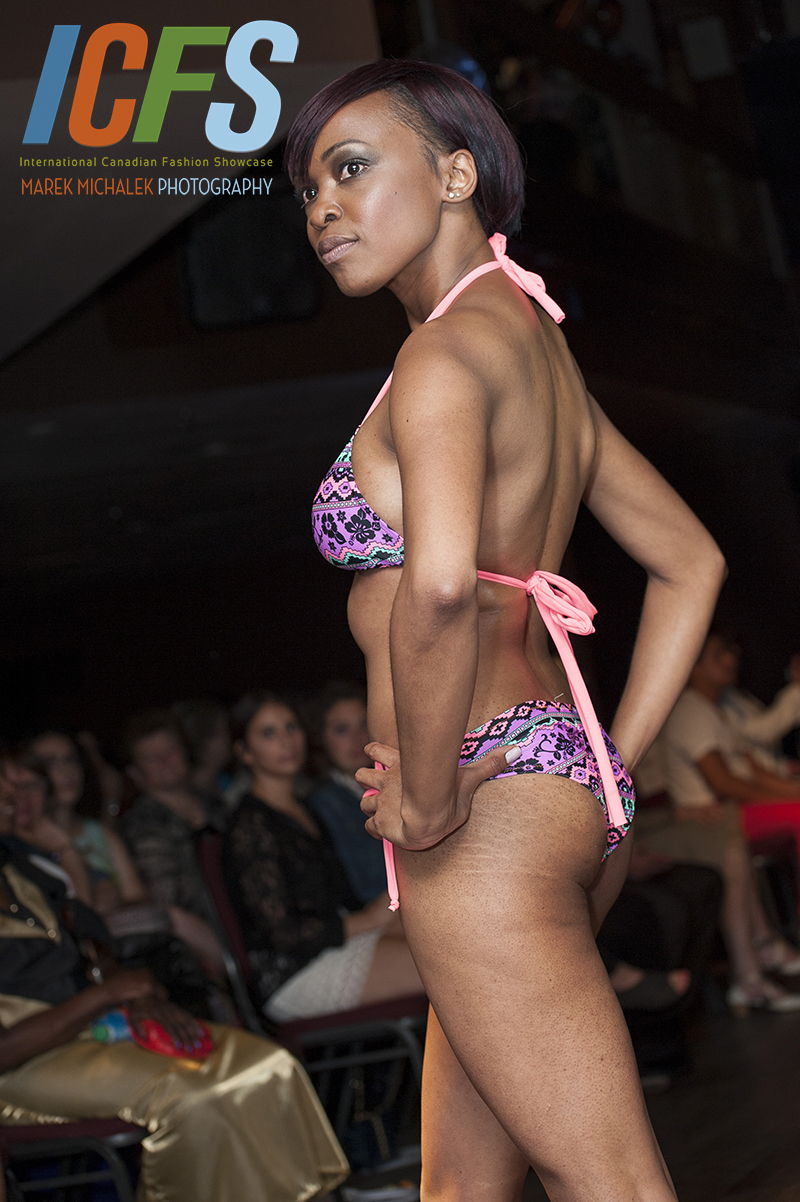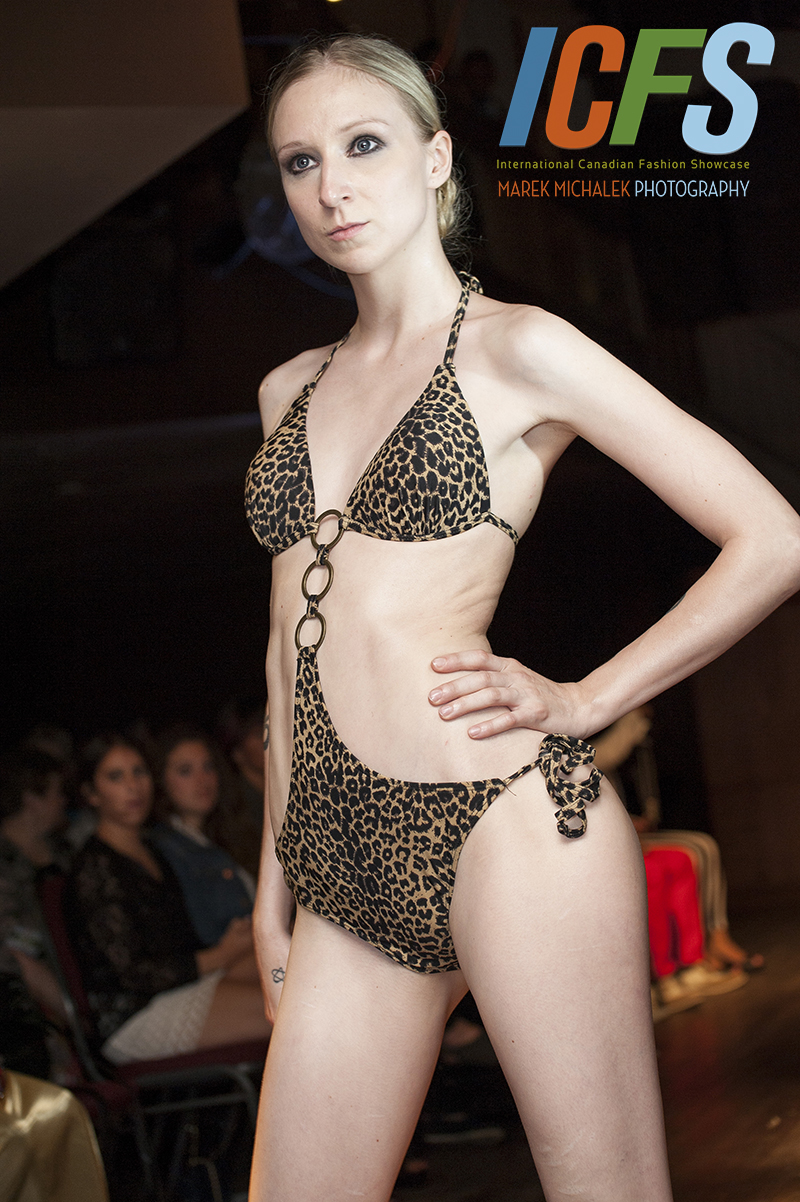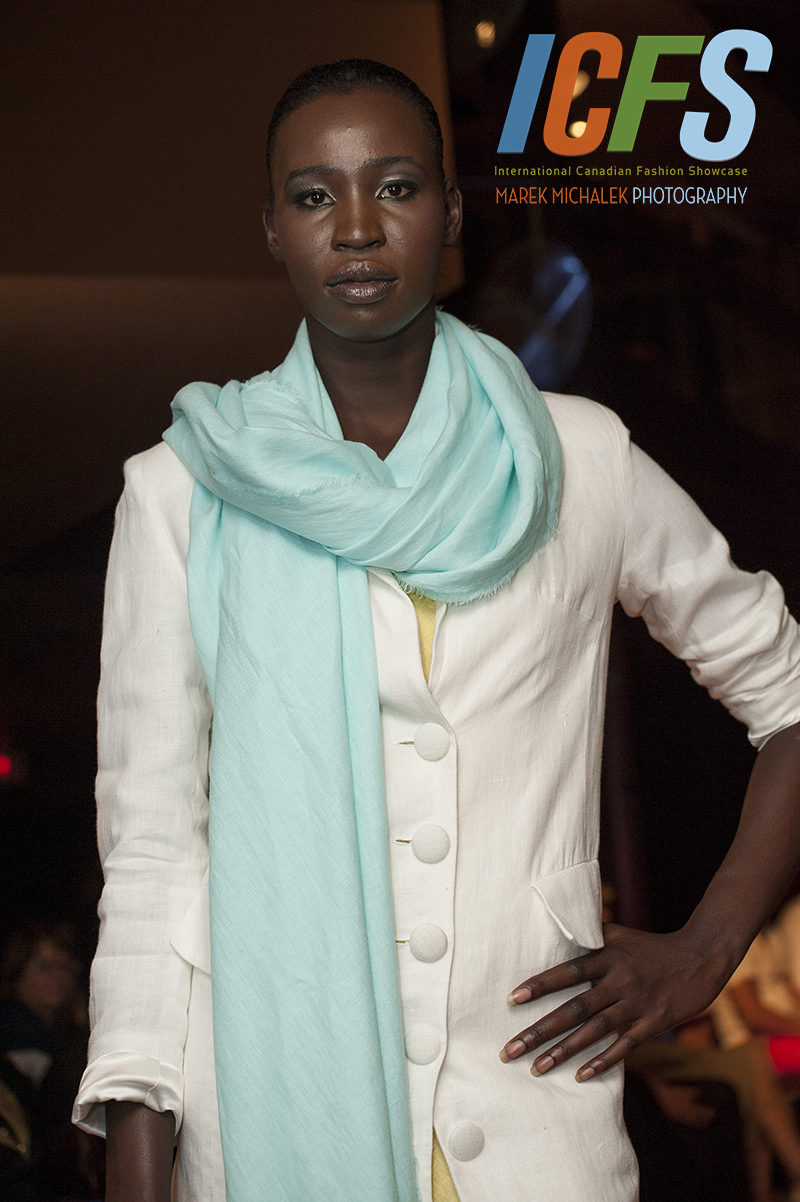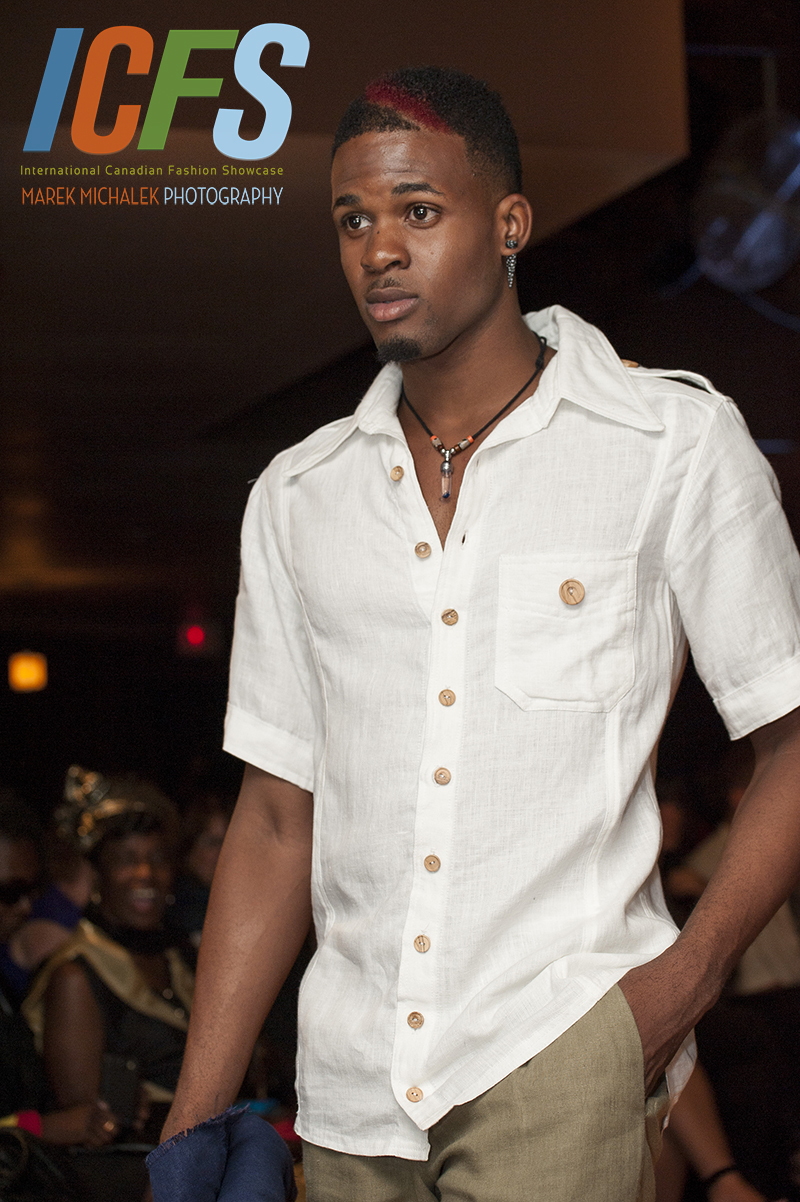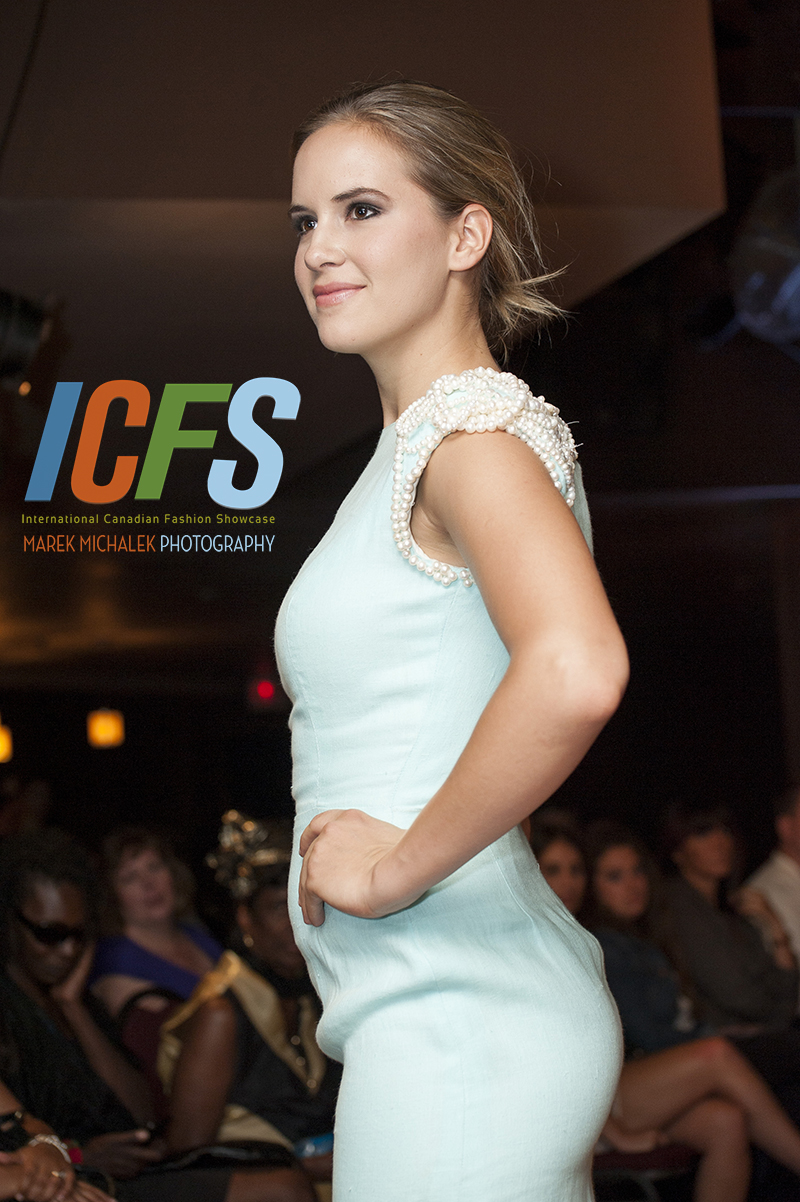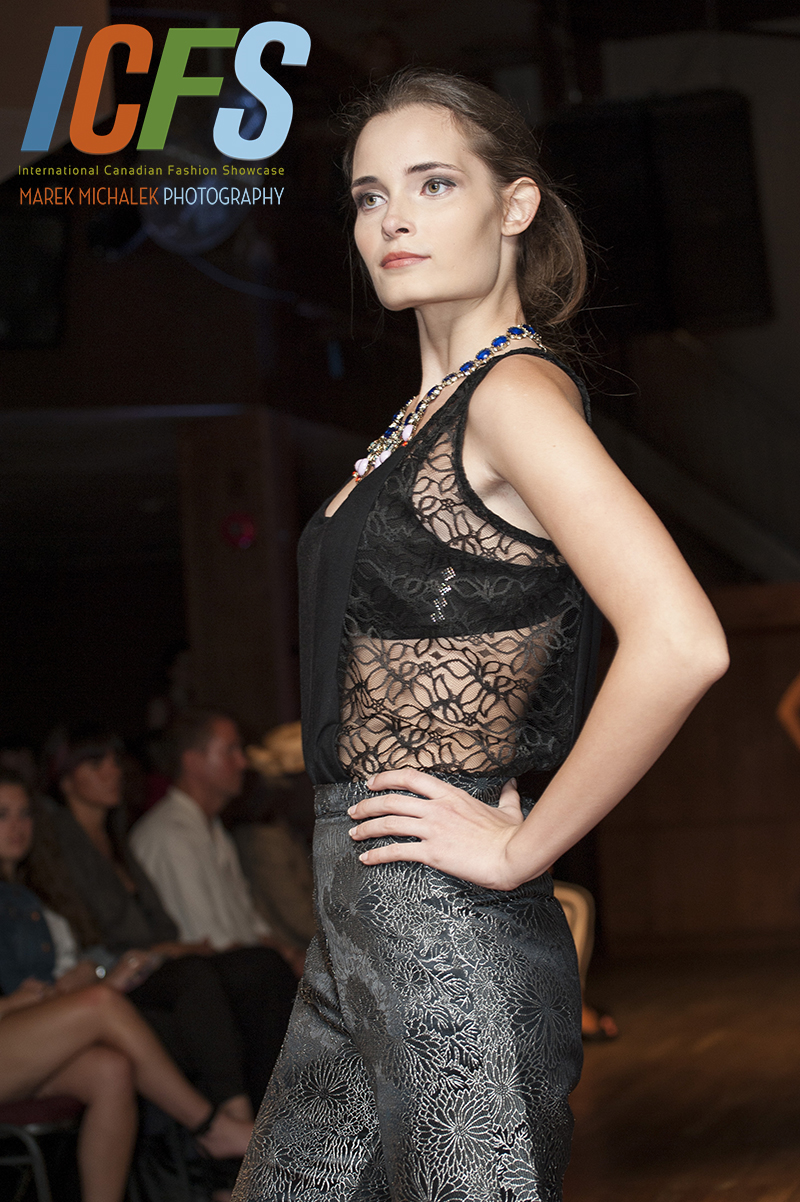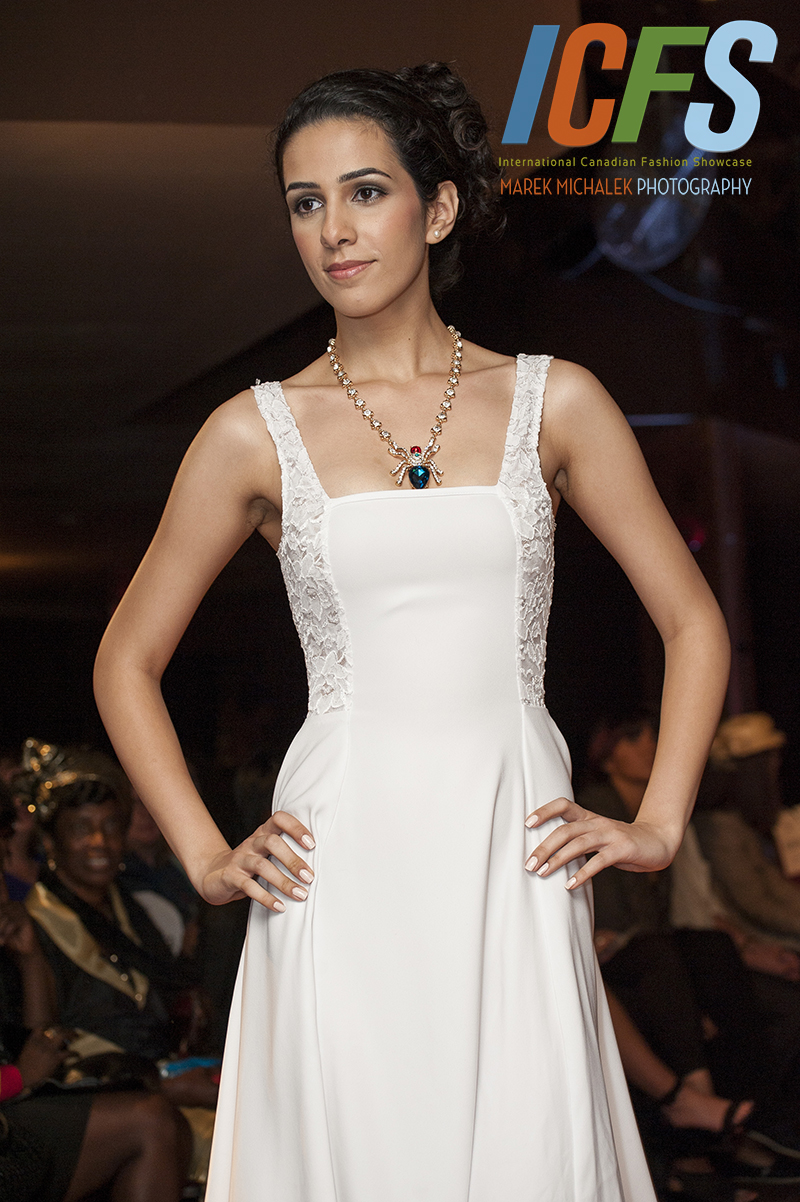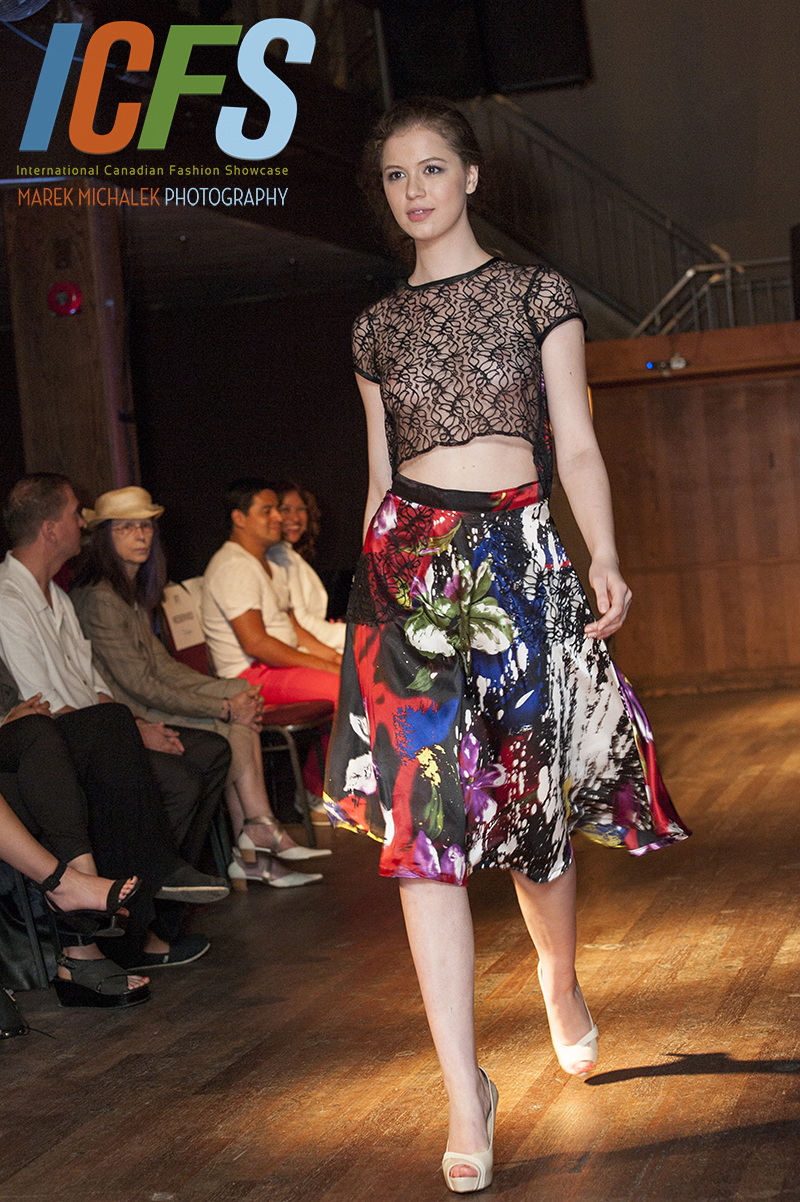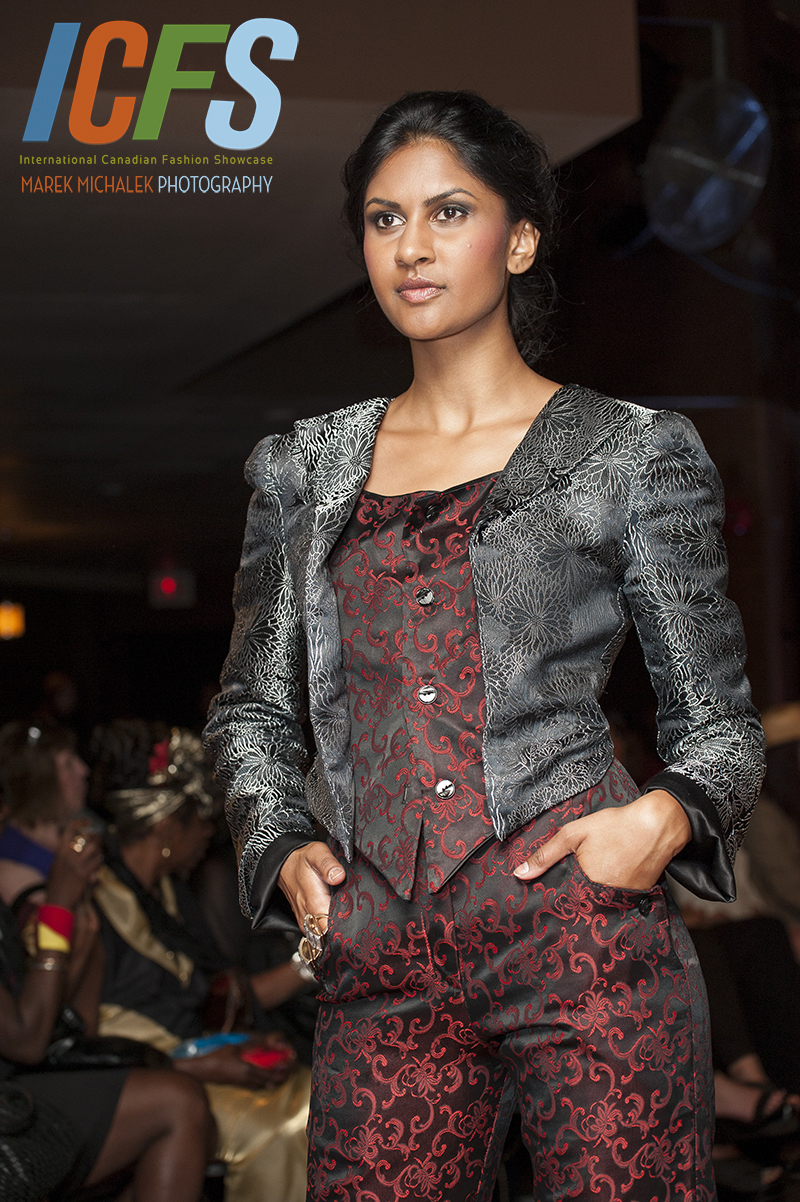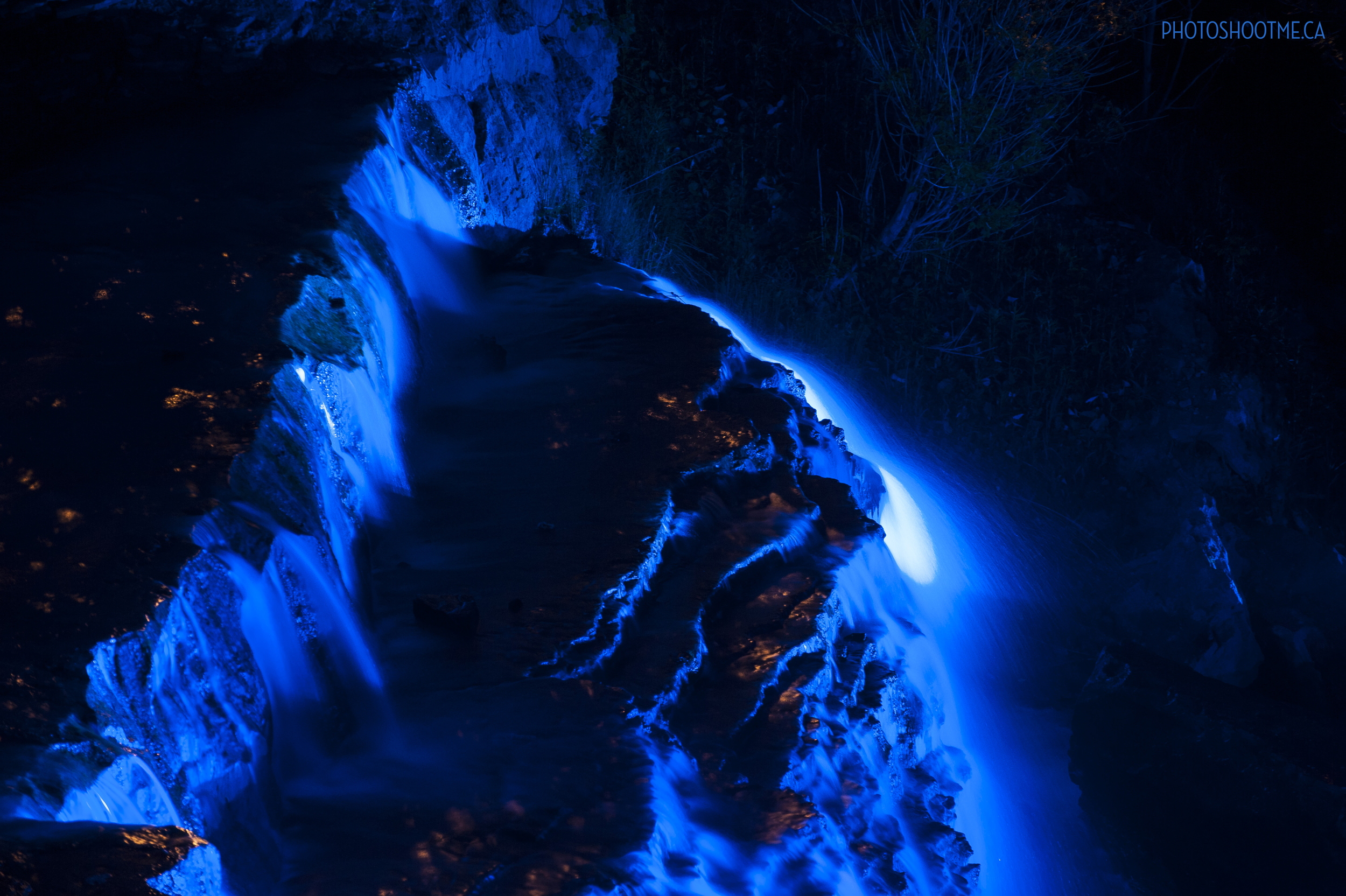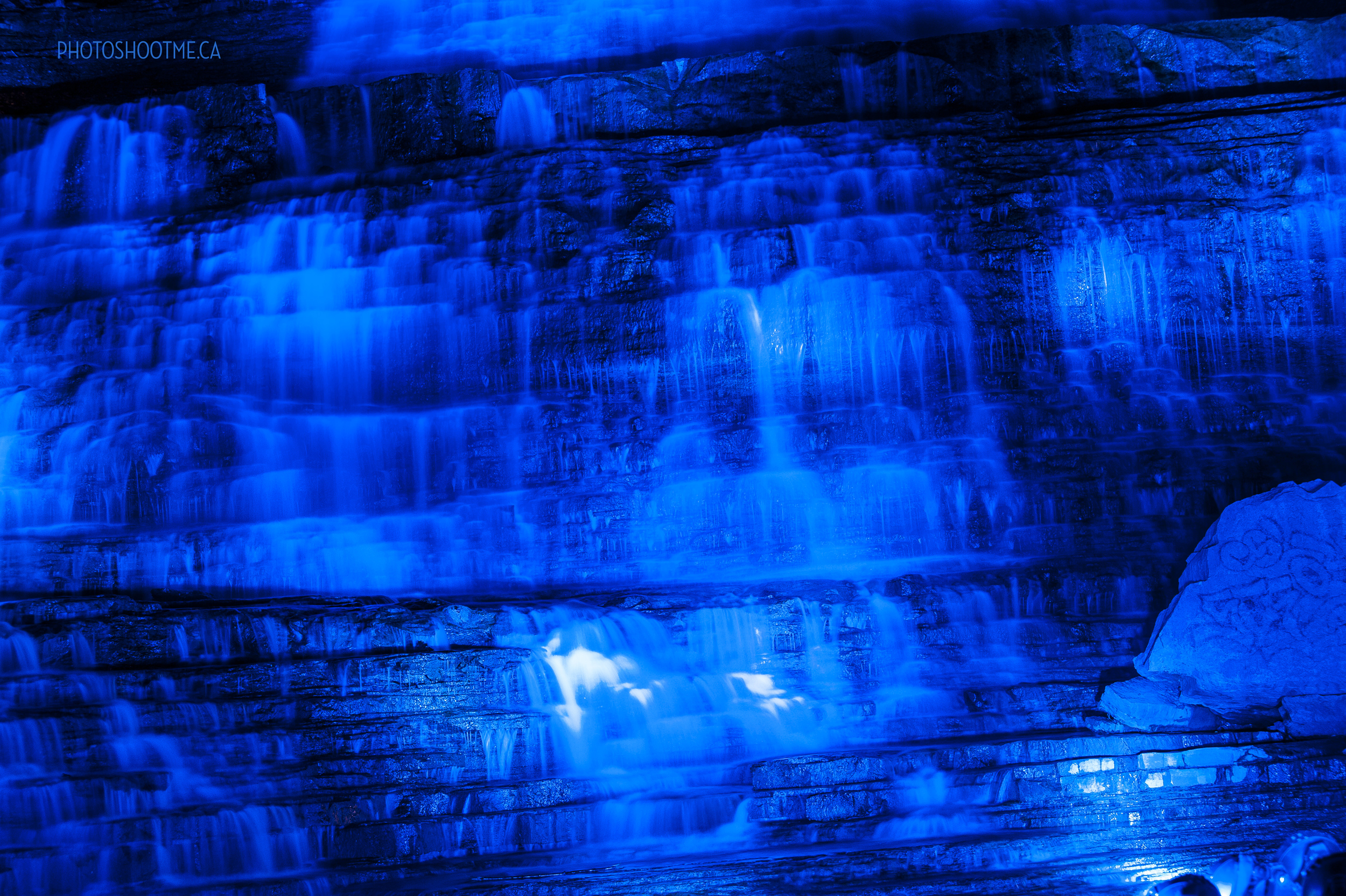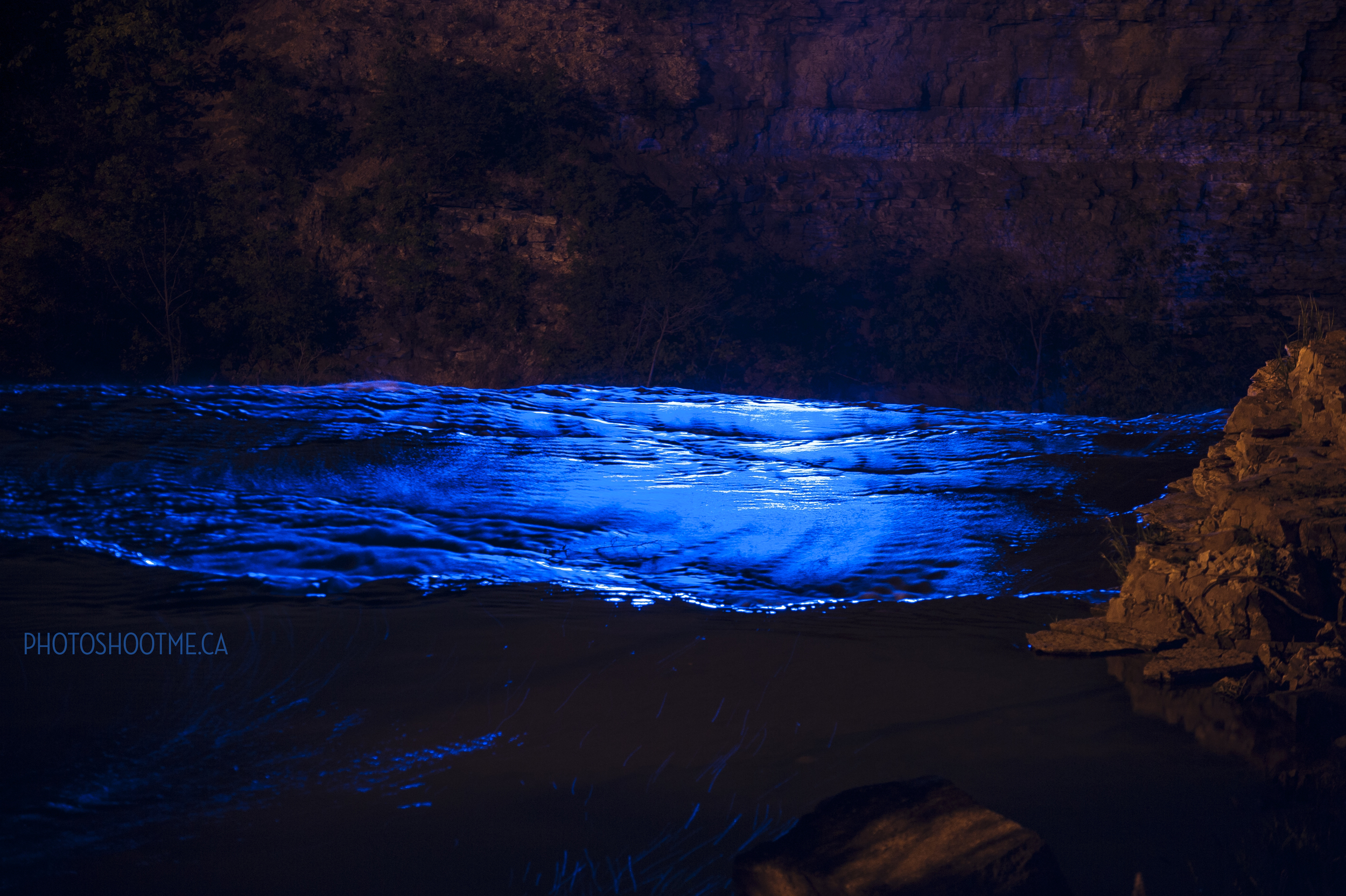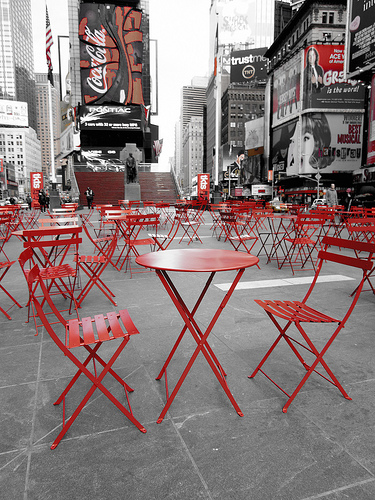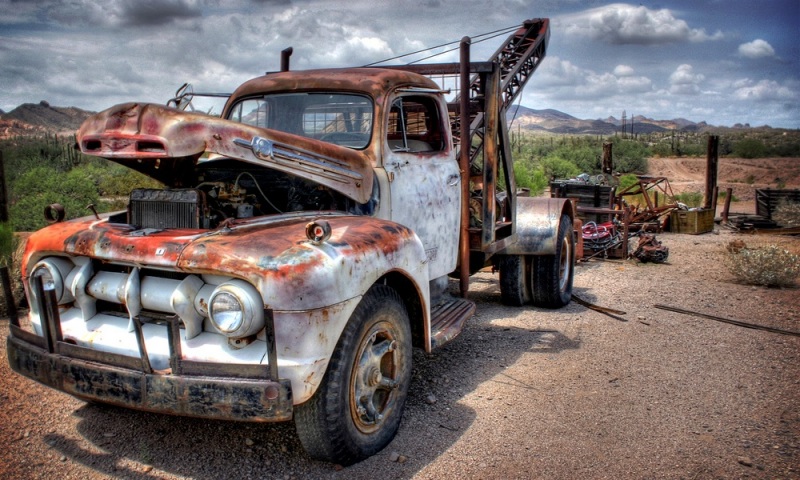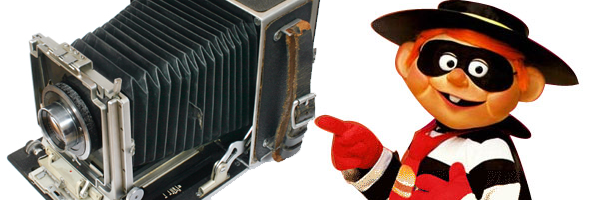I love amazing photography. I love amazing films. I love creative adverting, and I love Jean Claude Van Damme.
Read MorePascale Swimwear Talent Casting
A couple of weeks ago I got the opportunity to work with an incredible swimwear designer Marina Pascale. She was scouting some local talent for upcoming fashion shows. We had a fantastic day shooting together and all the models that came out were tremendous to work with. What was awesome to see was how one outfit could look so different on a few different models. The swimwear looked amazing and made my job super easy.
For more information on Pascale Swimwear or to purchase visit: https://www.maisonpascale.com/
Follow on Facebook: https://www.facebook.com/lamaisondepascale
Follow on Instagram: http://instagram.com/pascaleswim
Here's a sample of some of our work from the day.
My Thoughts on the Nikon Df: Why do we love vintage so much?
My social media feeds are usually full of modeling photos, new
camera announcements, and the occasional person looking for attention. This
week it has exploded with news of the Nikon Df. Articles galore condemning or commending
Nikon for their newest camera. F-stoppers had a great comparative article
showcasing the two camps. I found myself strongly leaning toward the ‘this
camera is unnecessary’ side. I thought I would weigh in with my usual brand of wit and sarcasm.
The main argument for the Df is it is a photographer’s camera. No frills, no video, just pure photography goodness. This is not meant to be a camera for weddings or professional studio work. It is purely for the enjoyment of photography. It is for going back to our earliest memories of falling in fall with photography. Nikon is really trying to play on our strong nostalgic emotions of our first ‘simple’ cameras.
One argument is that it reminds us of our first cameras. That we can go back to that mind frame of discovery and excitement. My love of photography started differently than many other photographers’ stories I read about. I always hear about photographers getting their dads old Nikon or Olympus and toying around with black and white film yadda yadda yadda falling in love with it. Well I never was able to get an SLR. I knew I loved photography early on but all my parents could afford was a point and shoot camera. I loved it and was really grateful but I remember always being handcuffed creatively by what the camera could do. I knew exactly what kind of image I wanted but I could not replicate it with what I had available. The camera simply wasn’t good enough. Therefore me going back to my roots doesn’t mean I focus on creativity and excitement, I think of limitation and frustration.
So this camera is marketed as back to basics ‘for the love of photography’. The very idea of a pleasure camera is counter intuitive. I understand the desire for a compact camera as a casual creative shooter, but the Df just doesn’t fall into any appropriate category. I have just accepted that on trips and nature walks I am bringing large DSLRs and large heavy lenses. I can’t accept poor quality photos on vacations so I will suck it up and bring my proper gear. I would not bring a Df just because I love taking pictures. I love taking good quality photos where I can create the image exactly like I want. I am aware you can use all of your regular lenses on this camera but the marketing suggests you would just use one simple lens and snap away like you used to as a kid.
I also strongly disagree that the Df is like a Porsche and other DSLRs are like a utilitarian van. To me a Porsche is about styling, speed, the thrill of driving. I understand how that can be related to photography. But the joy of photography is about creating an image. It is a tool for you to accomplish something. The camera itself only enhances your journey by allowing you to create what you envision. Your experience of using the camera should enhance what you are trying to achieve. Can a camera be fun to use? Or is it more about being easy to use to accomplish what you want? Rather than thinking between Porsche or Caravan I think of it more like the Mustang redesign. They took inspirations of the old beloved nostalgic design and wrapped it around modern functionality and engineering. An old Porsche is beautiful and elegant, but it could never drive like a brand new 991. The idea that the Df is a physical reminder of why you picked up a camera is ridiculous. I will always buy the best camera I can afford.
Thus we come to the Apple argument. They sell beautiful things that are overpriced. Yes they do, but they also make user friendly devices that are intuitive and allow you to do what you want to efficiently. Actually when you think about it, is the Df actually beautiful? It’s just old looking? Old looking doesn’t mean better. Apple isn’t making beige boxy computers to remind us of the glory days of computing. Not yet anyways. Which bring me to my main rant about our love…. Vintage.
Why do we love vintage things so much? We are obsessed with our past. We glorify things that did not work as well, were poorly designed, or were incredibly ugly. Fashion constantly looks backward to revitalize our stale present. Older wasn’t always better. I know your grandpa looked stylish in his brown suit and thick framed glasses. But not everything should go backward to “the good ol days” because often the “good ol days” sucked. I fall victim to love of vintage things. My beloved old Star Wars t-shirt, my cassette tape iPhone case, and wayfarers. There is comfort is looking back at our past, but often the reality wasn’t as pleasant as we remembered it. Let’s not let vintage design take over ergonomics and technical evolution.
So who should buy the Df? People with plenty of disposable income (who of course love photography) and like old things for the sake of their design and simplicity. Otherwise spend an extra $200 and get a monster D800 that can do anything just short of time travel. Cameras can be as simple as you want them to be, why limit your growth or ability just for the sake of fashion. To me if you buy this camera you are falling into the group of people who buy rotary phone style handsets to plug into their smartphone.
My 2020 Photography Prediction
I had a marketing professor in University who said she predicted in the 80s people would pay for bottled water. Seemed silly at the time, now people are paying for what they get out of the tap for free. Her next prediction is that people will make their own pop (soda if you’re American) with those fancy CO2 machines. So my prediction: 80% of photographers will become videographers. This means they will do corporate, wedding, and creative videos as a large part of their services.
There a couple of reasons for my prediction.
1. Most new DSLRs have a video function built. With the high quality lenses a photographer already has they automatically are stacked with incredible equipment to enter this field.
2. They have the creative mind suited for video/film production. A photographer has trained themselves to create a compelling image in one frame. They can tell a story with just one shot. That skill alone gives them a stepping stone to creating video.
3. The financial reasons. Photography itself is becoming a harder sell as a commodity or service. People are reluctant to pay for the service because so many people can do it for so cheap. People are tackling photography projects themselves because there are few barriers to entry for a simple photo project. For video there is opportunity to create quality productions for people at a reasonable cost, and for a reasonable profit.
4. Content is evolving. The growth of video online has created an entire new market for artistic productions. Online streaming sites such as YouTube and Vimeo have revolutionized film distribution. An individual artist is able to compete on a large scale with minimal resources.
5. A continuation of the last point, content demand is shifting as well. There is an opportunity for artists to create content the general population wants to see. If it is clever, artistic, well executed, funny, it can be shared endlessly. People want short entertaining videos. They are sacrificing production value for quality content. You could create a 5 minute film that has as large of an audience as Transformers 4.
6. It’s a new challenge. Photographers always like to push themselves with new techniques, new types of creations. Video production is the natural evolution of that artistic journey. They don’t have to switch gears entirely; however dabbling in video could satisfy a creative thirst.
Photos I Hate – Bad Photographs A Lot of Models & Photographers Think Are Creative
We all have taken bad photos. We have experimented with silly techniques. We have let Photoshop get out of hand. But most of us quickly realize the error of our ways. We realize our truly interesting and unique concepts are overdone, stupid, and poorly executed. I frequently look back at older work and think “what the hell was I thinking”. At the time a part of me knows it’s a bad idea but I let novelty get in the way. But the key is to learn from mistakes, and not do what everyone else does. Or do what we think is super original when it may not be.
I have compiled a list of photos that I absolutely hate. I keep seeing these with emerging photographers and models. Often they think the ideas are creative, unique, or add some kind of edginess. Some people grow out of these phases while others continue to flood our Facebook feeds and portfolios with this garbage.
The Photos:
Model giving the finger – OMG you’re so badass and edgy. (I only use “OMG” there because those short forms are most often used by the type of people in these photos). You are really making a statement against conformity. Actually you just end up looking trashy and undignified. Leave the edgy persona to badass music artists targeting 14 year-olds.
Models on the toilet – Why is this a thing? It’s shocking how common these images are. Why would someone think this is a good idea for a photo? Just why?
Poorly done HDR – Generally we can’t tell if it’s a weird digital painting, or you’re at a rave perhaps? If you are going to dabble with HDR, do so discriminatingly. There is a way to have a wide dynamic range of light and colour without making your images look like Tron.
Weird borders – I understand Instagram is fun with borders, filters, pretty icons to superimpose over top. Keep it to Instagram. I don’t mind when there is a simple non distracting border. But when you use plugins that add grungy borders it really just takes away from the image.
Awful Watermarks – I did a whole post on terrible watermarks. Too often people ruin their images by splattering their logo/watermark all over the image. We get it! You took the picture. Is there even a picture behind your overly designed logo?
Marilyn Monroe – Yes she serves as a lovely inspiration of beauty etc… But imitations of Monroe are so overdone. At times these images can be well executed with the right creative team but more often than not it is a blonde busty girl with a fan under a dress. Overdone. Move on.
Gas Masks – You are trying too hard to be different and edgy. Often these gasmasks are added to “normal” situations to create some kind of dystopian world or suggest alternative modeling. It was interesting the first 1,000 times it was done.
Strangely manipulated skies - Why is that sky green? Was there some kind of nuclear fallout? Are you shooting a model in front of Aura borealis? I get that it is fun to experiment in Photoshop and make some interesting adjustments. These should not make it into your portfolio.
Horrible aged graphics – When you incorporate graphic design into your photography, i.e. logo design please keep up with modern design. Don’t include beveled and embossed lettering or something that looks like you made it in WordArt. Remember WordArt?
White Vignette – This should not be an option in the RAW editor. Shockingly I see white vignettes show up in some photographer's work. Leave this option where it belongs - > in my parents wedding photos from 1970s communist Poland.
Wrinkled sheet/Muslin backgrounds – This is one of my biggest pet peeves. A decently lit, well posed, beautifully styled photo, only to be ruined by the photographers wrinkled bed sheet. Firstly, do not use bed sheets. A roll of seamless paper is $40. Invest in your work. Muslin backgrounds also should not be used. To me they scream 90s Sears portrait studio photos.
Soft Glow – To me this is generally a sign of an amateur. You haven’t yet had much experience in retouching skin so you soften your images to death. Combine this with a few other amateur techniques and you are instantly placed in GWC category.
Caution Tape – Overdone. Let’s move on.
Over Saturated - Another common sign of amateurism. You start playing with editing features; you find saturation and think “woah this makes a big impact on my photo”. Look at all those colours you brought out. Well no, those colours don’t belong there so leave that saturation adjustment alone. The sky in a photo should not look like Gatorade, and the leaves on that tree should not look like lime candy.
Woah… that was a long rant. In the end do these photos always look bad? No, not always... but usually. If you think something is really unique try and Google search to see if hundreds have done it before you.
So I was taking pictures of David Hasselhoff...
I thought I would do a quick write up of my weekend as lots of my friends have been asking what is going with my Facebook page photos. This week I had the opportunity to be a “celebrity photographer” at FanExpo in Toronto.
Basically there was a casting call for photographer I applied to and 2 weeks later I’m shooting at FanExpo 2013. If you’re not familiar FanExpo is a fan convention (basically like Comic-Con). There are athletes, actors, musicians, essentially a load of celebrities at various stages in their careers. They do autograph signings, panels, and get out and meet fans. It’s a great opportunity to meet some really cool people in the entertainment business. Others might know it as a nerd festival where legions of fans come decked out in their Star Trek or anime costumes. If you were anywhere within the vicinity of the convention centre you would know what was going on. Blue girls walking around, guys with giant swords strapped to their backs strutting the streets. FanExpo is a sight to see no doubt, and a place to be if you are an avid people watcher.
Shootin the Celebs
My role this weekend was not a glamorous one by any means. I got to snap photos of fans with their favourite celebrities. I did not have to do any fancy lighting set ups or super creative shots. It was just taking a simple portrait. I looked at it differently though. I had 5 seconds to take a photo that will mean a lot to someone for years to come. There are people who will frame these photos right next to their wedding photos. That’s the fascinating thing about fandom. These celebrities are so revered and loved. They have played characters that are now permanent fixtures in our cultural history.
For these fans getting the opportunity to meet and have a photo taken with them truly means a lot. There’s an odd simultaneous connection/disconnection we have with celebrities. We know them so well. Every detail of their life is shared in the public eye; we know a creepily large amount about them. We follow their careers and personal lives. Yet they live in such a different world. We place them on these pedestals as larger than life figures. That’s what makes it so odd when we see them in real life. So often they are not as tall as we imagined. Perhaps they are more friendly or down to earth than we thought. So when we do finally see them in real life there is an influx of emotions and experiences that are parading around our heads. And SNAP, the picture is taken, and all we have left is that 15 second memory with our revered celebs, and a glossy 8x10. That was the experience I was part of all weekend. I got to see it from both sides which was really fascinating.
So this weekend I was fortunate enough to photograph David Hasselhoff, Alice Cooper, George Takei, Joe Dante, Barbara Crampton, and Colin Baker. A mixture of arguably famous people. I probably spent the most amount of time with the Hoff which for me was thrilling. I can vividly remember being a young prepubescent lad tuning into the finely crafted drama; Baywatch. The opening credits to that show can easily be considered the best use of slow motion in cinema/televison history.
So before meeting the Hoff I was all gitty and excited. Then, in walked the 6’4 Hoff with his agent/manager and girlfriend. I made sure to play it cool and give a nice firm handshake as I looked eye to eye with the legend. Immediately that celebrity guy disappeared and I was just chatting with a regular guy. A guy with a super busy schedule and a crisp ‘Camp David Polo’ shirt. I didn’t want to ask silly celeb questions. Instead I just chit chatted about normal human stuff. He was so friendly and energetic. The thing that struck me was how busy he was with celebrity appearances and all the stuff he had going on. In my mind the Hoff is not at the peak of his career yet he is still wanted all over the world. It made me think about how many formerly big stars, or even mediocre stars are still living that celeb life years after their heyday. The Hoff is so busy he had to quickly scarf down some sushi in between photo shoots. While eating an impatient fan tapped the Hoff on his shoulder to get a picture. Hasselhoff graciously stopped to take a photo with the guy. Shooting with the famous folk all weekend you can quickly get a sense who legitimately appreciates their fans and understands what a photo means to them.
The process itself was very quick and our instructions were to get through as many fans as possible as quickly as possible. This makes sense as these people have appearances to get to, flights to catch. But every so often you would see them stop and engage with someone. You could tell they wanted to chat more but time restrictions wouldn’t allow it.
Some fans even brought gifts for the celebs such as one gentleman bringing an old concert poster for Alice Cooper. It turned into an amazing memory down memory lane and Cooper seemed genuinely thrilled by it. That’s what I took away from this weekend is that they really are just regular people who have led interesting lives. But people get such a thrill from meeting and interacting with them. Getting great photo with a celeb also seems to have replaced the autograph. It becomes a treasured item.
One of the coolest things to see is when these stars become star-struck themselves. It seems none of us are immune from seeing a celeb and being excited., intrigued, or enthralled. So that was my weekend. I was caught up with people I have “known” from a distance my whole life. I just tried to observe and take it all in. All in all it was a great weekend.
What Kind of Camera and Brand Should You Buy?
I have friends come to me all the time asking what kind of camera they should buy. Since I do the photographizing they think I can point them in the direction. That question usually results in the annoying “it depends” answer for the person. So I go into long winded explanation with hypothetical situations and lay out scenarios and discuss needs.
I’ll start by saying I’m a Nikon shooter, but that doesn’t mean you can’t get other brands. There are pros and cons to all brands but at the end of the day there will be complimentary cameras at each level and price range. I chose Nikon because the magnesium body felt more solid to me. I’m always taking it hiking on treacherous trails or have it with me while travelling so I wanted something that could take a little punishment. But ignore anyone who says there is only one good option for a brand. It often comes down to personal preference.
First thing to decide when buying is to identify what you want to use your camera for. That could drastically affect what camera you should get and how much money you should expect to pay. I’ll explore a couple of photography user types and suggest cameras based on those needs. Perhaps you fall into some of these categories
The Casual Shooter
You enjoy taking photos to capture memories or random moments. You may want to take a picture of your beautiful garden, take a snap at a family get together, or are obsessed with your dog.
The Vacation Shooter
You want to take some nicer pictures on your upcoming vacation. You know you’re going to have great photo ops on your European tour, or Caribbean cruise. You know you will deal with various lighting conditions and will be on the move a lot.
The Extreme Sports Shooter
You want to capture those awesome moments skydiving, surfing, or snowboarding. You want something tough and unobtrusive.
Aspiring Filmmaker
You want to exercise your artsy side. You enjoy photography but want to harness the video capabilities as well. Maybe make a short creative film, be a YouTube star, or actually pursue filmmaking to a higher level
Hobbyist Photographer
You love photography. You see things differently than others. You enjoy going out just to take photographs. You spend your free time browsing photo sharing sites like Flickr.
Aspiring Pro Photographer
You have been a Hobbyist and want to go beyond that. You want to explore your creative potential. You want to shoot at an advanced level with manual modes, off camera lighting, and unforgiving lighting situations.
Examining these categorizations can give an indication as whether you should purchase a point and shoot, “action camera”, DSLR, or other interchangeable lens camera. Each of those choices will result in different prices ranges and varied level of photo quality. They also are not the be all and end all, just loose guidelines.
Let’s start with the entry level Point and Shoot Digital Camera. Perfect for those “Casual Shooters” or even the “Vacation Shooter”. They are small, light, easy to use, and well-priced. A majority will just turn the power on aim at what you want and press the button. They range in price from $50.00 - $200.00 and upward depending on features. Don’t let their size fool you, some of these cameras are incredibly sophisticated and have fantastic features. For great picture taking without any thinking this is a fantastic option. Many of them even include a decent amount of manual controls. Their size is also beneficial. These cameras tend to have slim bodies and retractable zoom lens. They are perfect to slip into a pocket and go. If you are thinking this is a good option for you I would opt for a waterproof and shockproof option such as the Fujifilm Finepix XP200. This is great for vacations as you can take this pretty much anywhere. You can get great photos and HD video under water or in snowy mountains without worrying about ruining it.
For the more adventurous bunch there are actions cameras such as the Hero GoPro. These are beneficial for the small size, light weight, great footage, but especially for being mountable. Other cameras can be mounted but cameras such as the GoPro has numerous attachments that allows you to mount the camera to nearly anything for truly unique footage. The filmmaker category can get great use out of this to get footage that otherwise would require intense rigging. However, unless you are into extreme sports, or have a need to mount a camera in a normally challenging situation you can get more out of a point and shoot or DSLR.
The next level up would be a mirrorless interchangeable lens camera. These offer superior image quality and compact size. They are costly, but if you want an easy to use small camera and can afford it this is a great option. If you want to get the creative juices flowing a bit you can invest in new lenses for these as well. Great option for a hobbyist photog or someone who wants great vacation photos without lugging around a bulky heavy camera.
My bias always leads people to get a DSLR. If it’s within your budget and you have an interest in photography, get a DSLR. You can get amazing pictures 80% of the time just on automatic mode. While you have a wide range of features you can put it on auto, and let the camera do the hard part. An entry level DSLR such as a Nikon D3200 or D5200 allows you room to grow while giving you consistent quality photos. So you can start slow and just learn basics slowly working your way up through the various manual features. In most lighting conditions you can get a nearly identical photo to a camera that costs thousands more. You can also explore video features and take film-like footage. A skilled person could create nearly professional looking footage with an entry level DSLR.
If you truly love photography and want to take it to a higher level perhaps are an aspiring pro I would recommend a high end DX crop sensor camera such as a Nikon D7100. This level of camera has fantastic image quality and the cameras are packed with features that can really allow you to explore creatively.
Buy Used
The beauty of the DSLR market is that there are constantly new bodies being released which help drive down the price of older bodies with plenty of life left in them. If you want something a bit better than entry level but can’t afford it look on the second hand market. Great options include the D90, D300, D7000, and even the FX D700
If money is no object 1. I hate you 2. Buy an FX camera body. The image quality is unmatched. There are great options including the D600, D800, D4, as well as the older D700 or D3. I myself shoot with a D700. It’s an older body but shoots beautiful images.
Like I mentioned earlier there are lots of options of brands and models to get. Pick them up and see how they fit in your hands. Read reviews. But in reality if you have a DSLR from the last 5-7 years you are golden. You will get great pictures. If you buy a modern point and shoot camera, you will get great pictures. Just figure out what you are using it for, how compact you need it to be, and how much you are willing to spend.
International Canadian Fashion Showcase June 2013
International Canadian Fashion Showcase 2013
Hamilton Waterfall Illumination - Albion Falls
I came across a notice very last minute for a very cool event. I've wanted to get more involved socially with other photographers so I signed up to a Hamilton Meetup group for photographers. I made my way out to Albion Falls and was shocked by how many people showed up. Looking down the dangerously steep cliff side I saw legions of people of all ages lining the rocky shores. A nice formation of tripods, almost like a historical battle reenactment with cameras aimed at the falls.
A hush came over the crowd as the blue flood lights went on. You heard the peaceful sound of the falls, and the the cricket-like clicks of camera shutters. That could have also just been crickets. Everyone (including myself) went to town and started snapping away at the main event. I then started noticing all kind of interesting things to the sides, behind, and every direction of the falls. The lights created incredible shadows and shapes all over the place. I have taken nature shots so many times but this gave an entirely new perspective to the same old subjects.
I didn't do the socializing I had expected. But I got to do a lot of people watching. It was cool to see how excited others were by this. The falls themselves are always a beautiful sight but this small change made for such a different experience. There's something about glowing colourful light that is so mesmerizing. Likes others there I didn't do much talking, I just took in and looked for the angles.
Overall a really cool experience. Note to self, and others going to one of these in the future - bring a flashlight. The climb back up was pretty treacherous in the dark.
The High Speed Lens Mistake That Photographers Make
I at one time was a victim of a terrible affliction which many photographers get when they buy a new high speed lens. Fast glass is what so many of us aspire to. We spend months leading up to the purchase explaining to our significant others why spending thousands of dollars on a proper lens is necessary. Well I don’t have to because my lady is pretty cool, but the point is it’s a huge financial investment. It is arguably the most valuable investment in your camera bag.
So we save up and open up that beautiful golden box. It shines like a diamond ring, for which I would have no experience looking at. We get lost in those beautiful numbers… 1.4, 2.8. It’s a beautiful thing. What do we do for the next few months? Shoot everything as low aperture as possible. Why not? We want that beautifully blurred background and razor sharp subject. What’s the point of owning a Ferrari if you don’t drive it to the max right? Well like a Ferrari an aperture should not be driven at the fastest speed at all times.
I made this mistake for a while. I got a great lens and immediately shot everything at 1.4 or 1.8. It worked amazingly well for some photos, but I got caught up in it and some photos suffered. In some cases I would have blurry subjects because the intense depth of field focused on the closer subject. I quickly learned that is a power to be harnessed carefully, and not whenever possible. It should be used selectively to creative a very specific vision.
It’s one of those mistakes you look back on and cringe wishing you could tell your past self “don’t do it!” But like photographs, we develop from our negatives. Long exposure short (my attempt at being clever with wordplay) enjoy that new lens, but don’t get overexcited by how low it can go.
Starting A Model Portfolio Part II: Picking The Right Photographer
How To Pick The Best Photographer For Your Portfolio
You're a tiger!
You’ve gone this far in your research; you now want to pick the right photographer. You are in luck because there are thousands of photographers you can work with. As a new model there are tons of people who are willing to work with you for free. Great right? The old saying you get what you pay for could not be truer at this stage. You can certainly build a portfolio with budding photographers but you will not get the results of an experienced professional.
What to Look for In A Photographer
Consistent Quality
Look to see if they have a good sample of high quality work. Photographers have work displayed all over the internet. They may have Flickr accounts, Facebook fanpages, Model Mayhem portfolios, and portfolio websites. Take a look at these different portfolios and see if they have a consistent amount of work you think is high quality. You can even look at dates of those being published to see the evolution of their work
Shooting Style
Does the photographers work match the style of work you want to pursue? If you want to become a high fashion run way model look for a photographer that has experience lighting and posing a more avante guard style of work. Conversely if you want to be on the cover of the Sports Illustrated swimsuit edition, that takes a very different style of posing lighting, and composition. Think about what target market your portfolio will attract, and what look you are trying to achieve.
Processing Style
The final images you will receive can be very different from what you see while shooting in the photographers LCD screen. Some photographers go for a very natural untouched look, while others do a fair bit of processing. This can include adding various filters, a varying amount of skin retouching, or other artistic choices. These come down to personal preference. Try to examine how the images have been touched up and if that adds to detracts value for you as a client. There can be a fine line between interesting looking and tacky.
Niche vs. Versatility
Some photographer’s images all look the same; while some are so varied it’s hard to imagine the same photographer took all those shots. When you are starting off it’s nice a get a range of different looks in your portfolio so it’s helpful to look for someone who can shoot and edit a lot of styles. If you have a specific style of modeling in mind hiring a photographer who specializes in that is your best way to go.
Personality
Starting off as a model can be pretty intimidating/scary. It can be nerve racking being in front of the camera as a novice especially when you are working with a complete stranger. I believe it’s critical to work with someone with whom you can create a good rapport with and have fun while shooting. There are incredibly talented artists out there who have zero social skills and create discomfort for new models. Often discomfort seeps into the images and the final product is not ideal. Pick someone you will enjoy shooting with. Not only will a good experience produce better results, but it will encourage you to continue shooting.
How To Start A Model Portfolio
So you’re interested in becoming a model? Great, you’re doing your research and figuring out what the best way to succeed in this highly competitive industry. It can be an incredibly rewarding industry if you are dedicated and professionally minded.
First off, decide why you want to pursue modeling. Do you want make some extra money or work at it full time? Do you want to make it big with riches and glamour? Are you looking just to have some fun? The answer to these questions could dictate who you work with, what kind of modeling you want to pursue, and what kind of time and financial investment you want to make.
The second step should be to examine your expectations and look critically at the industry you are entering. It’s important to be honest with yourself when setting your goals. You may have many people around you saying you are attractive and should become a model. It is terrific that you have people around you for support. It’s great to be positive and set ambitious goals but acknowledging this is a tough industry that can have an ugly side should be noted.
The next step in your modeling journey is to figure out what type of modeling you are interested in pursuing. There are so many niches and specialized modeling possibilities out there. You may want to explore different possibilities and have a broad range of work however your ‘look’ can lend itself to a particular style of modeling. Quite frankly your physical appearance and fashion choices can dictate that for you. Some models naturally lend themselves to runway modeling, while others are best suited for glamour or alternative modeling.
Think about who you want to work with as well. Some models make a decent living working exclusively with amateur photographers who are developing their portfolios while others focus on paid gigs from designers or clothing companies. The main point being if you choose a specific niche to work in, you should craft your portfolio to showcase that type of work. If you want to try different types of modeling then try to create a portfolio with as many different looks as possible.
Before stepping in front of a camera you have to practice. Like any other skill it takes learning, and repetition to get something right. Do a little research on posing and facial expressions. Practice those in front of a mirror. You may feel silly, but it will pay off in the end. An experienced photographer can certainly guide you in creating pleasing and interesting poses however having an understanding of basics can make your first shoot easier. Look at magazines and blogs to see how models in those industries are posing. Also try and be aware of your best features. Focus on what makes you stand out and really emphasize that in your pose and expression choices. Thinking about this ahead of time will allow you to communicate to the photographer what your best angles or features are. Chances are they will see what you see but it’s a good exercise to think about that before practicing poses.
Next, reach out to photographers. Search for photographers in your area whose work you like and get in touch. Find out about what kind of packages they offer, their work, and themselves. You can read all about How to Pick the Best Photographer in Part II of this article. In addition to picking out a great photographer you may also want to consider the services of a hair and make-up artist. If the photographer does not offer that as part of their service inquire if they have any recommendations. Having a trained hair and make-up artist can truly set your images apart from the rest. Yes this takes a small financial investment but collaborating with the right professionals can make your portfolio look amazing.
In the end your success will depend on your drive, determination, professionalism, and some luck. Do your research on the industry, prepare yourself as best possible, and seek out professionals who can make you stand out from the rest.
Photography Watermarks – Let’s take it down a notch
There are people on many points of the spectrum in terms of watermark opinions. My point of view… calm yourselves people. Why on earth would you destroy your image with giant logos, your name brazenly plastered across your subject? We get it! You took the picture. Thank you for displaying your website in 200pt font. There is a time and place for promotion.
I am fully in support of adding a watermark or unobtrusive logo to your images. It is important to market yourself when you post photos online. Depending on where they are posted there is not always opportunity to add credit for your work, so a watermark provides a way to sign your work. For the sake of this article I’ll refer to any logo, photographer name, company name, or website as a watermark.
Different Methods for Watermarking Your Photography
Different photographers go about watermarking their work in different ways. Some add borders to their images and place their watermark in that space. This is an effective strategy for not harming the work by not placing any elements on the shot itself. Another pro to that method is if you use a consistent style or look to your border you can begin to brand work as unique through that look. I do however I find these to be distracting. Sometimes a border just isn’t appropriate for certain images.
Some photographers have automatic watermark generators where their logo/name automatically is put on all of their images in a predetermined spot. Sometimes this is a specific corner of the image, or right across the centre. This can be helpful if you are processing a lot of images and don’t want to go through the work of adding your watermark to each image individually. The major downside of this approach is having a fixed spot for your watermark could ruin some images by it being placed in a not ideal spot in relation to the composition of the photo. Also depending on the design it can be unreadable based on font colours and the image background colours.
The other method which is the approach I use is to add a small piece of text that either has my name or my website within the image. For this I always place it strategically based on the composition of the photo. I try to keep it noticeable but unobtrusive. Some would argue that this method can interfere with the composition of the photo. It is also much more time consuming as I customize the colour and opacity based on each individual image.
Why Watermark Your Photography?
The main reason we watermark our work is to give ourselves credit when we publish our photos online. Not meant to say wow we’re awesome, but moreso to provide us with future business leads. Should a stranger see our work and like it they may be compelled to hire us for a future shoot. Providing a name or website can help a potential client find a way to get into contact with you when the image gets onto the interwebs.
As much effort as we exercise to try and control our work and where it goes the reality is once images are on the internet you have no idea where they can end up. Yes there is a certain degree of tracking through exif data or photo searches, but in the end once someone downloads it they can alter, pass on and do whatever to your photos. It is unfortunate, but it is reality.
How to Make Your Watermark?
Different photographers have different approaches to creating their watermarks. Some use just their name, perhaps their name followed by “Photography”, some use their website URL, while others create elaborate logos. All fine options in my opinion if done tastefully. Using your name can be effective if you show up well in search engine results and if those results are ones you want potential clients to see. Because our digital presence gets spread out without our control you want to make sure you want people to see what is associated with your name. You also need to consider how common your name is. There may be several “Sam Jones” Photography websites and you don’t want to send your potential clients to other websites that show up better than you in search engines.
Using your website is also a good option. It provides a nice way to get traffic directly to your site, and have people go exactly where you want them to. Make sure if you chose this option you have an easy to read and type URL. If it is something complicated you may lose some traffic. Also make sure you choose a common or sensible URL extension. Don’t purchase a .net, .org, .info extension. Stick to either .com if available or your country code. Lastly, if you use an image based logo make sure there is a way for someone to search you; whether you have a company name or website within that logo. There is no point to watermarking your work if it does not provide a way for people to find you. Your beautifully designed initials within an aperture image may look great, but doesn’t help people find you.
Removing or Cropping Watermarks
This is generally the biggest concern when considering the type of watermarking you do. Again, once it’s on the internet there is not much you can do. People will crop out, or remove your logo entirely. People who maliciously steal others’ work will always find a way. Don’t bother slapping a logo across your entire image to try and make it harder for someone to remove. If someone is determined they can find ways to remove your logo, so you may as well not ruin your image. Another frustration here is the dreaded Instagram. Damn you square cropping! Often models will #instagram #instapost #instagottasharewithtoomanyhashtags the work you did together. While great for introducing your work to a wider audience, your logo often ends up cropped out. In these scenarios you can always ask your model to slap on a link, or give a shout out to you. It’s all about communication folks.
Are Watermarks the Artistic Devil?
No, they are not the devil to art. Used wisely it can be a helpful marketing tool. Used poorly can make you look like a tool. (See what I did there, I used the word tool to describe an implement or instrument to perform a task with while using the same word to describe you as a person of low intelligence and poor decision making… I digress). Use them, get your name out there, just don’t butcher your images with them.
Life After Death in Photos
I consider myself a student of human behaviour. Not just as a photographer but in my personal and professional life. I have always been fascinated by the things people do, how they react to others, and different situations. I also remain cognizant of how I behave, and what drives my actions.
I am particularly interested with how we deal with death publicly. Not the most cheerful of topics. We tend to avoid talking about it, but do interesting things in response to it. For the purpose of this piece I will focus on the role photographs play in our mourning process.
Upon hearing the unfortunate news many take to Facebook to post and tag photos with the individual. I suspect many possible reasons for this. Mostly notably I believe people try to honour the life of that person publicly. In a time of shock you almost don’t know what to do with yourself. There can be a struggle between trying to remain private in grieving but also public in acknowledgment of that person’s impact on your life.
I see different levels of this as well. Some make their display picture a photo of themselves and the one who has passed. Others go beyond this and post galleries, perhaps posting on the timelines of the person with messages directed to them. Some may find this behaviour strange questioning exactly who that post is directed at. Really it is just a method of coping. In these situations some people don’t have an outlet for their feelings and use social media as a way to get it out. For some, posting photos and comments publicly is their method of handling these difficult emotions.
The other important aspect to posting photos is preserving our memories. Not only do we attempt to honour that person’s life but we also reflect on our past. Many of us go straight to photos to remember all of our great memories. This can be both a painful and healing activity. Recalling our past can bring up a sea of emotions. Sometimes it can feel unreal. We hold in our hands a tactile object capturing that person’s essence. It can be so strange holding that object realizing that person is gone. At the same time that person lives on through those objects. You forever remember that person through those moments. You can hear their laugh just looking at their smile. You can picture their mannerisms and quirks.
When it comes to the memorial service you will often see slideshows, videos, or photographs posted. These again can cause a mixture of emotions. You get to re-experience the laughs of great moments with groups of people you shared that with. Perhaps you experience something entirely unique. You can see a photo that deeply resonates with you and you alone in that room. To me that demonstrates the power of a photo.
This piece is not meant to promote photography as a means to get business. I merely want to highlight how important photographs can be to our emotional health. Forget the emotion we falsely try to create with artistic techniques and concepts. The true power of a photograph is how it resonates within each of us. That blurry photo taken with a camera phone can be more valuable to us than any professional photo imagined. To me photos have always been important because of how they make people feel, and how they make me feel.
You may ask what inspired this heavy topic. Generally my
posts are light in tone and laced with sarcasm. Every once in a while I like to
sneak in some real stuff and what impacts me. This particular week is one of
those heavy times for me. It’s this time of year just a little while ago my
close friend Conor passed away. Now this past week my high school friend Jen
passed away. My grieving tends not to take a public form such as posting blogs
about it, but seeing how others do react to these moments I thought I would reflect
on what I do, what I see others do, and what I imagine others do. I question if others go through the same process.
So this week I am breaking out the photo albums and looking back at my trip to Florida, being taught how to shot gun a beer, or recalling the terrible sunburn I got at Wonderland when I fell asleep in the waterpark after taking too much Gravol. This week I’m looking at my pictures, and I know many others are doing the same.
15 Signs You Are A Photographer
- Most of your Facebook statuses are “Editing tonight” or “Check out this teaser”
- Currently or at one time your profile picture is a film noir style low key black and white photo of yourself
- You have numerous odd shaped black bags – carrying cases for every piece of equipment imaginable
- You have a love-hate relationship with Instagram
- You raise an eyebrow when your friends with DSLRs call
themselves photographers (Photographer friends of yours probably did the same when you told them you were a photographer)
- You have an accountant friend who would like free photos taken as a favour, but charges you to do your taxes
- You can be awake at all hours of the day and be in any condition to get the perfect shot
- You can never stop buying equipment. There is always something you need
- When attending weddings you don’t watch the bride and groom, you watch the photographer
- You love the stack of gold boxed in your closet and will never throw them away (If you’re a Cannon person insert whatever colour your camera products come in. Black and red? If you are a Hasselblad user you probably have mahogany boxes in your Penthouse storage closet).
- You see in f-stop
- You own numerous books on photography and Photoshop you have never read, but you love looking at the pictures
- You hate the fact the women keep hair elastics on their wrists (at some point you forgot to check)
- You have to justify to friends/spouse why you spent $90 on a little piece of plastic that has something to do with lighting
- You have purchased stupid pieces of $90 plastic, you regret
buying because you never use them
Top 6 Ways to Be Professional as a Photographer and a Model
Have a website
If you can’t afford one get a Flickr, Tumblr or a Facebook page. Don’t make a website with one of those free services that stamp their logo and ads all over your site. Most services that allow you to make a professional looking site will start around $10 a month. If you are serious about being a professional on either the model or photography end you should be able to invest $10 a month.
Only show your best images
Less is more with portfolios. If you have 5 amazing images people will think you are amazing and want to see more. If you have 5 amazing images and 40 mediocre images they can see maybe you are not absolutely fabulous. Whether it is posting to your website, blog, or social media page do not upload entire galleries of one shoot/look. Select your very best images to show. Your portfolio will build over time so don’t worry about it appearing too sparse. Try to arrange a shoot where you can get as many different looks as possible. One great way of getting different looks is hiring a hair and makeup artist. They can transform the model for each setup to give you dramatically different results.
Have professional profiles/about pages
Potential clients will always read up about you. Try to present yourself in a professional yet honest way. Show some personality as they want to know the real you. Be sure to use proper spelling and grammar and limit emoticons to zero, or maybe one. Notin makes u look more amature then trin 2 B kewl riting like dis. Same rules apply for correspondence. There is absolutely no need for short forms and poor spelling in emails, and messages. Also for your about pages take time in crafting what you write. You want to come across as open and easy to work with. Stating demands can cause people to turn away thinking you are a diva. Venting and sounding bitter can suggest you have a poor attitude. Clearly state your expectations but don’t demand or complain about poor experiences.
Practice
On either side of the camera it is essential to practice your craft. As a model you want to practice your facial expressions and poses. Of course a photographer will give you direction but if you can’t provide different expressions you will have some pretty boring looking photos. As a photographer there are always new techniques and tools to create amazing photographs. Constantly be reading tutorials and trying different types of photography.
Act professional... duh
I constantly read on various profiles “this is not a dating site”… which leads me to assume people try and pick up models while working. Are you insane? Why on earth would you consider acting inappropriate towards a model or any other collaborator in this business? I understand being friendly and playful but any kind of inappropriate behaviour can destroy your reputation. I won’t even get into the issue of it being wrong, and think purely from a reputation standpoint. One stupid move and you can literally kiss your career goodbye. While shooting, you’re working.
Don’t misrepresent yourself
A number of things fall into this category. For models it’s okay if you have out of date work and are looking to update, just be clear about it ahead of time. If your look has dramatically changed just say so ahead of time. It can be frustrating setting up a specific concept and arranging a certain model to fit that look and they show up looking nothing like what they represented. If you plan on getting a full body tattoo a week before the shoot that’s cool, just declare that ahead of time so there are no misunderstandings. A majority of the time it won’t matter and you can shoot away, but surprises are not good in a visual industry. For photographers; do not suggest you are something that you are not. Do not present yourself as super capable and professional if you are just starting. Admit that you are starting your portfolio so there are no false expectations as to what images the model will receive. One example I have heard from models is a photographer will have a very strong looking portfolio and when the models gets the edits back they are mediocre or poor quality. The scenario here being the work in the portfolio was taken at workshops with professional equipment set up by an experienced instructor. Lights, and camera settings were all set up, and the newbie just pressed the shutter button. Don’t get me wrong that’s not a bad thing for someone learning the ropes, just be clear about how those were taken.
Cool or Cliché
There are numerous concepts, backgrounds, techniques that take the photography world by storm. Some are long lasting, some come and go very quickly, while some stay on to become a mindless cliché. A lot of us know they are cliché yet we still do them. We have our reasons, for some just look cool, some evoke a common emotional response, while others are trying to look artsy. I will be the first to admit I’m a huge hypocrite, or borrow inspiration, but I will declare that openly. What I won’t do is try to pass something off as being artistic when it’s not. To me photos can serve different purposes. They capture memories, capture something amazing looking, are used commercially, are used to evoke emotion, tell a story, or just looking interesting. I don’t think there is anything wrong for taking a photo of something that looks cool, or using a common technique, as long as you’re clear as to what you are representing.
Cool or Cliché Photography – There is a fine line that separates those.
Sometimes what’s cool becomes cliché very quickly, sometimes what’s cliché looks
very cool and should be recreated. Below I summarize types of images that are
redone a lot. Some veer towards the cliché side while some if executed well are
pretty cool. Some I have a strong opinion on while others I have more ambiguous/hypocritical feelings towards. Some views are expressed pretty sarcastically so watch for those ;)
Cool Vs. Cliché
The black and white photo of a homeless man (can include poor children, or people in ratty clothing in third world countries)
Please stop with these. Too many of these photos are exploitative of those individuals for the sake of you trying to look artistic. It had artistic value about 20 years ago when it was first done, now they just look cliché. When visiting new places there are so many interesting things to photograph that you should not rely on what others have done in the past. While getting a snapshot of daily life in another place can be interesting, I would instead like to see images of what the photographer had a connection to. If you do a portrait of a person you had an interesting interaction with and that photo can tell a story I think that speaks volumes over trying to illicit a sad emotional response from guilt.
Models against graffiti background
Why do we love models against weird backgrounds? Especially when the background feels out of place. Have a girl in a beautiful dress in some grungy back alley with spray paint and old tires. To me backgrounds should enhance a photo by either providing context, serve as a beautiful backdrop to make the overall image look better, or be very simple and non-distracting to focus on the subject. Would you rather have a couple in front of a brick background or stunning waterfall? That question is often answered by personal taste. Some prefer simplicity, while others like the striking beauty of nature to give oomph to a photo. Others like the contrast of location to the subject, while some like the visual interest in “different” looking backgrounds. My issue is when someone chooses an odd looking background again for the sake of looking artsy.
HDR – High Dynamic Range
You may not know the term for it, but you have surely seen these images before. You know the really surreal looking photos where you can’t tell if they are a painting or digital artwork. This is one of those cases where a cool technique is adopted by a few, someone makes software for it and boom everyone is popping out surreal looking landscape images or 50’s Chevrolets. A modest use of this technique I think is perfectly acceptable, but when you go full out HDRey and your image looks like it belongs airbrushed on an 80s van then I think it’s too much.
Girl looking out window
What is she looking at? Why is she in her underwear? For some reason photos look very intense when someone looks away from the camera out of a window. That pensive look of the model, the contrasty natural lighting comingin through the window, and usually black and white makes for some deep stuff.
Select Saturation
This refers to black and white photos that have a select part of the image in colour. It could be a flower, or the grooms boutonniere, or other part of the image you want to stand out. This can look good 3% of the time. Some people can pull it off, again if done in moderation. For most people it ends up looking silly and amateur.
Wearing Cultural Clothing
You know what makes for a very deep and interesting photo? Get a Caucasian model to wear cultural garb from a far away and exotic land. It can certainly be interesting to highlight different cultures and traditions. Often that’s what makes photography so enticing to viewers is seeing something they are not used to. To me it gets ridiculous when you try too hard to create something exotic. Those photos feel forced and often have ignorance and stereotypes peppered throughout the image.
Marilyn Monroe Pastiche
Please no more Marilyn Monroe remakes, imitations, etc… We all know Marilyn Monroe was an amazing cultural figure. She has some of the most iconic images in the history of photography. Why do people insist on recreating these? They have been remade to death.
Old, rusting, rotting things
Old cars, pieces of metal, fence, logs decomposing. We like taking pictures of old crappy things. No one takes a picture of a brand new wooden fence in suburbia. But wait 50 years until that wood rots, maybe has some aforementioned spray paint and you’ve got photo magic.
There you have a small list of things that can be cool or cliche. I would love to hear your comments. Is there something I missed? Am I completely wrong in your opinion and you want to destroy my argument?
You Thieving Unoriginal Bastard: Is There Originality Left in Photography?
So much of photography today is either cliché or is a rip off of someone else’s work. Yes there are the odd photographers who do truly unique things. There are super creative ideas for photo projects. But as soon as your brilliant unique idea is seen, there are some people who will copy it. You can call it inspiration; you can alter it and make it your own, but you are still borrowing someone else’s idea.
Read MoreShooting O’Naturel: Natural Light Photography
Highlighting some of the woes of sticking strictly to using natural light for photography. If you want to be successful you need to learn to use off camera lighting in different lighting conditions.
Read MoreDoes Equipment Matter In Photography?
Many photographers say equipment doesn't matter. It's all about skill and knowledge. I set out to argue lower end cameras can provide terrific results most of the time on automatic mode and give many amateurs the results they want without thinking. For those who are more serious you need the right equipment to get the right shot.
Read More














